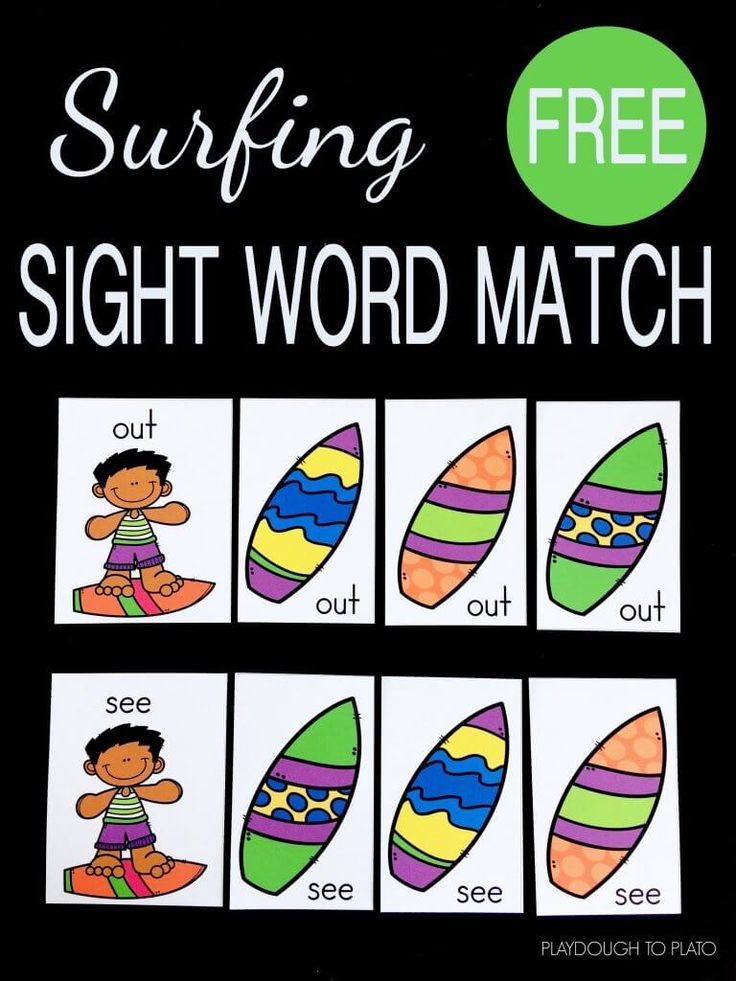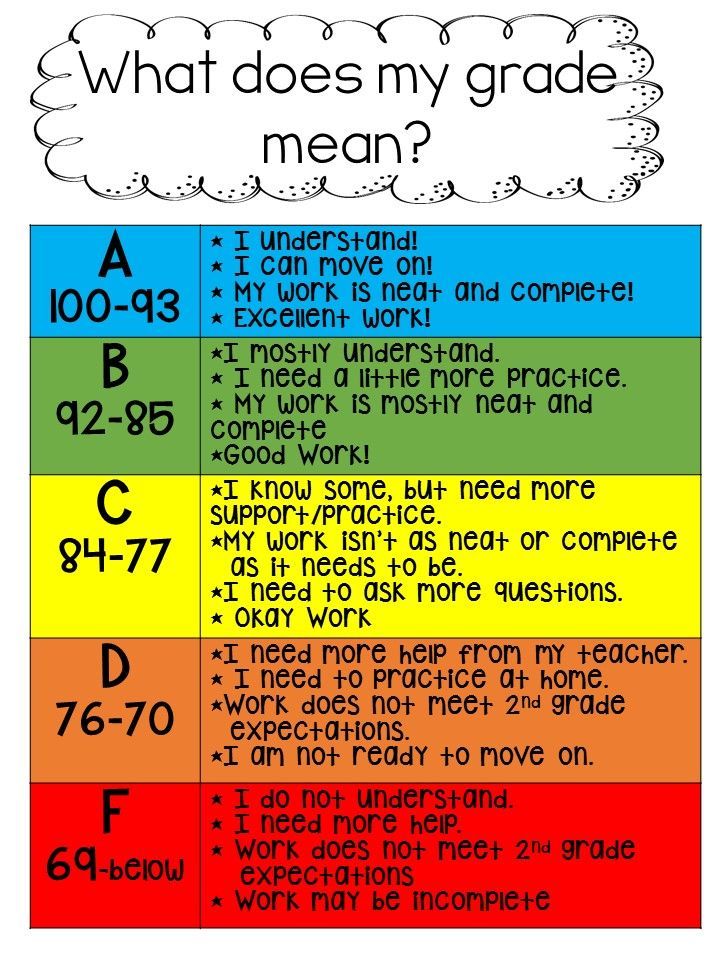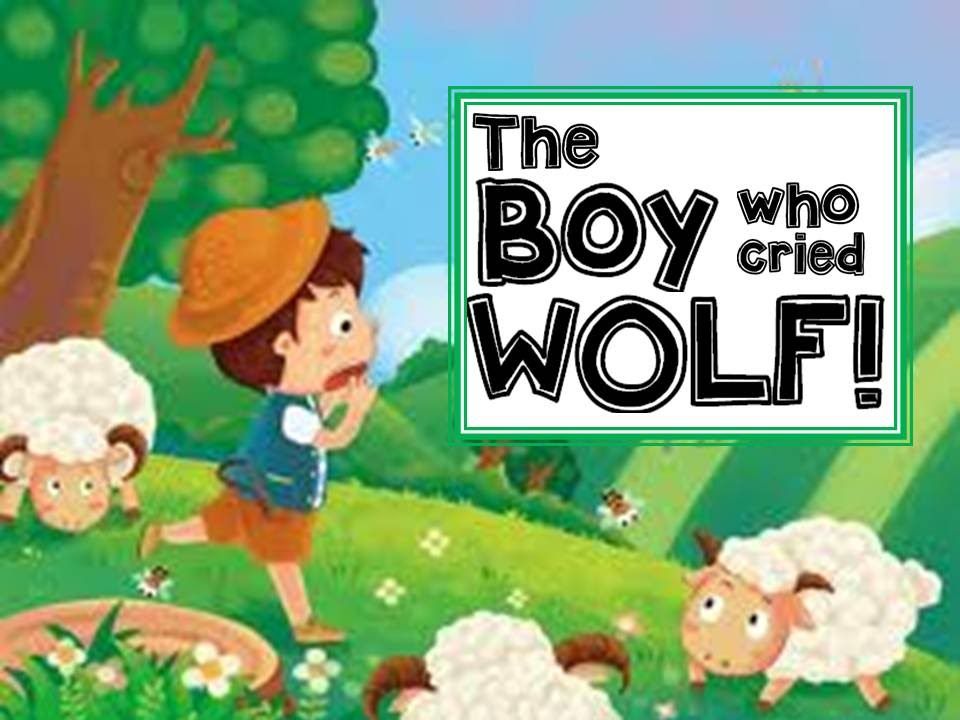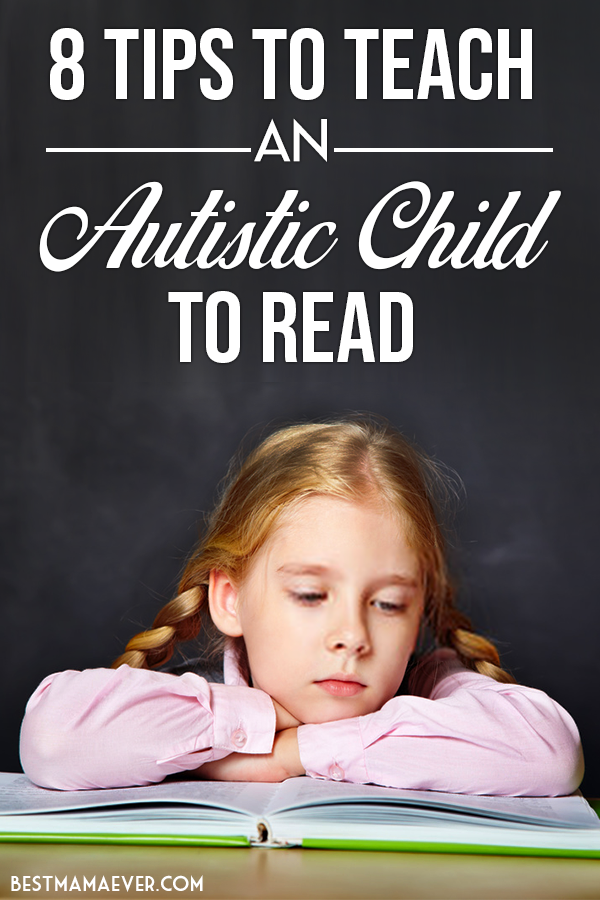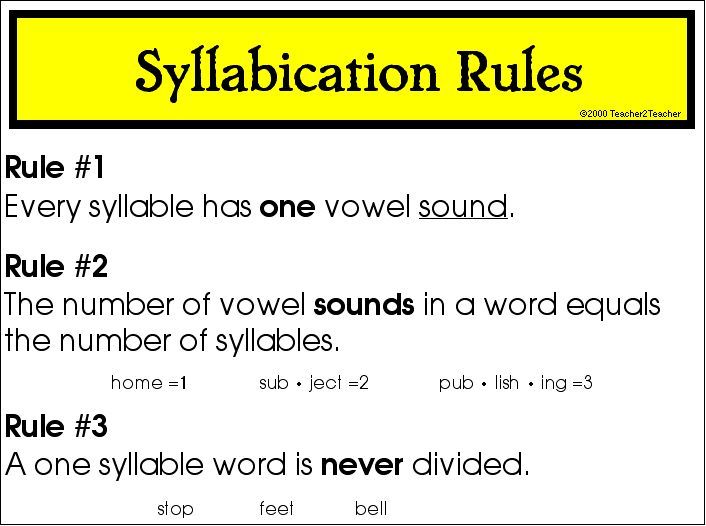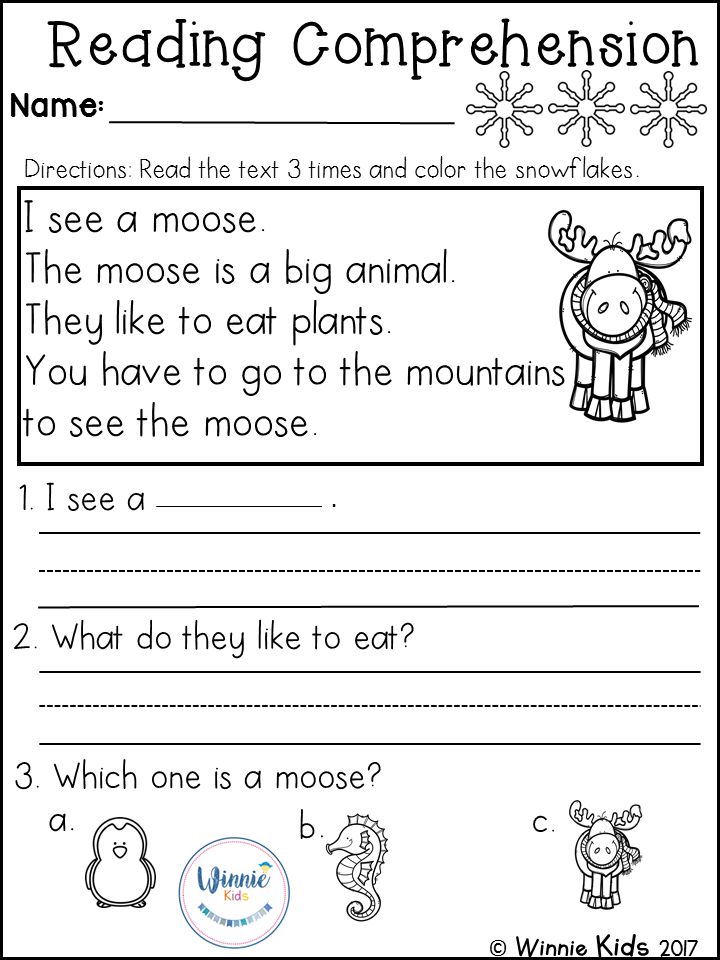Being verbs list
To be verbs completely explained
How to use
“to be” verbsAre you confused by “to be” verbs? It’s okay. “To be” verbs change almost more than any other verb. In other words, they are very irregular. Let’s learn how to use “to be” verbs correctly. Refer back to this lesson when you have questions about how to use them in the future.
What are “to be” verbs?
“To be” verbs are: are, am, is, was, were, been and being. They are used to describe or tell us the condition of people, things, places and ideas. For example, they could tell us the subject’s age, nationality, job or other traits.
Forms of “
To be” by tense. There are many English tenses, but the main ones you will use are present, past, present progressive and present perfect
The correct “to be” verb to use depends on your subject and tense. This chart shows you proper subject verb agreement with “to be” verbs.
Note: Contractions are short forms that will sound more like how people speak.
Feel free to print this out for reference.
These are examples of how you will see “to be” verbs most often.
“To be” verbs in positive present tense sentences
I am American.
He is a teacher.
She is happy.
They are at the movies.
“To be” verbs in negative present tense sentences
I am not angry.
She is not at school.
It is not broken.
We are not students.
“To be” verbs in affirmative past tense sentences
I was hungry.
She was at the movies.
You were there.
It was great!.
They were excited.
“To be” verbs in negative past tense sentences
I was not there.
You were not here.
He wasn’t a teacher.
We weren’t at the restaurant.
Questions using “to be” verbs
To make questions with be verbs, use this order: To be verb + subject + complement
Was I there?
Were you sad?
Was she at school?
Was it a good movie?
Were they late?
Advanced SectionThe previous section contained examples of what most beginners need to learn for using “to be” verbs correctly. In this section, we’ll be covering many other ways to use them.
The
present perfect formThe present perfect form is used for describing experiences or events that have happened in the past when the exact time is not important.
It uses this structure: subject + has/have + been + complement
Examples:
I have been there.
You have been good.
It has been difficult.
He has been an electrician.
We have been here all day.
They have been well-behaved.
Asking
questions using the present perfect form.Questions in the present perfect perform form use the structure: Has/have + subject + been + complement
Examples:
Have I been mean?
Have you been worried?
Has he been there?
Have they been anxious?
The
Present Progressive FormThe present progressive form is for describing continuous or ongoing actions happening right now vs the simple present which describes habits or things which happen now and again.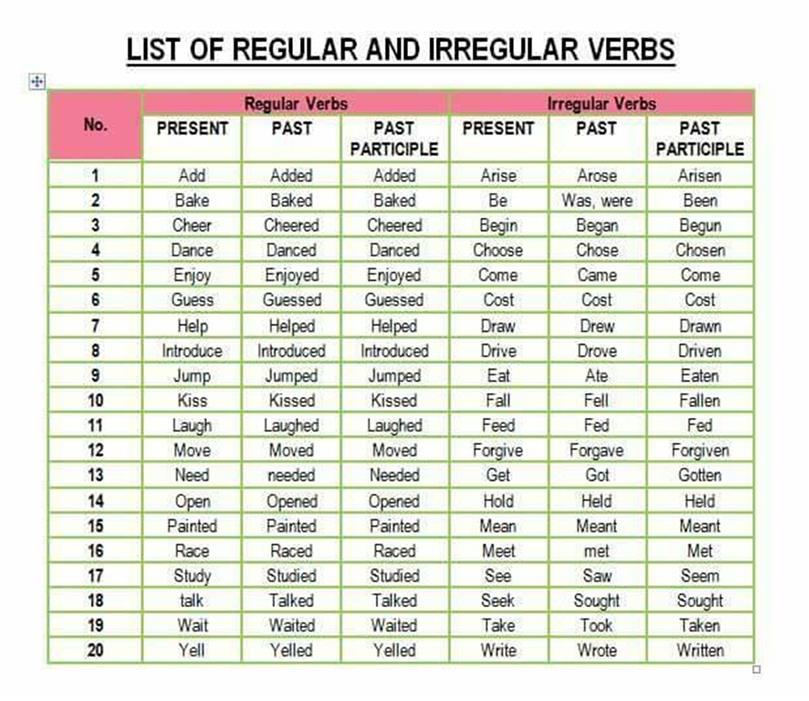
Use this structure for the present progressive tense for “to be” verbs:
Subject + be verb + verb + ing
Examples:
I am watching television.
You are pushing the wrong button.
He is looking at the window.
She is studying.
It is raining.
We are traveling.
They are thinking.
Question tags using “to be” verbs
You can add a question tag to the end of a statement to turn it into a question. To put question tags onto sentences using “to be” verbs, use this structure:
statement + “to be” verb + pronoun. The “to be” verb used in the question tag must be the same one used in the statement.
Note: When adding question tags, if the “to be” verb in the statement is positive, then the one in the question tag must be negative.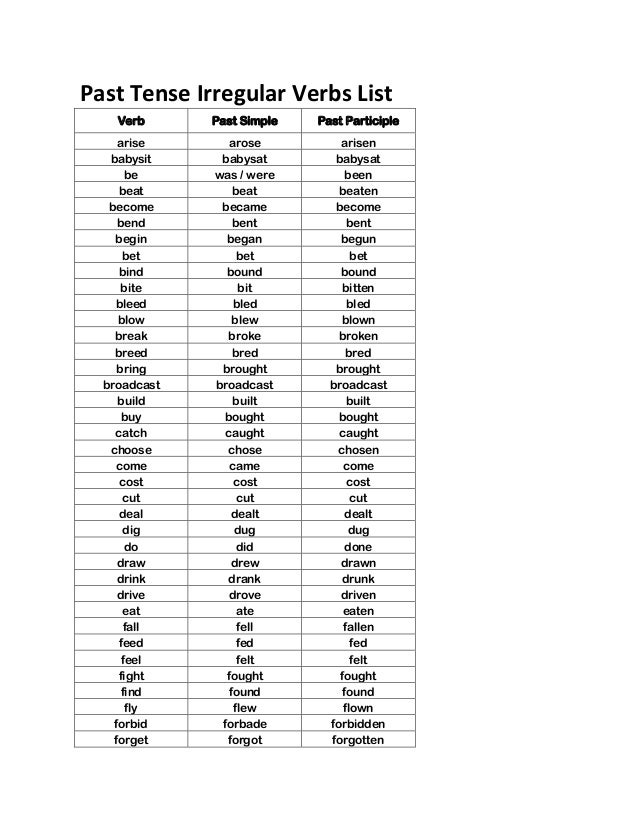 If the “to be” verb statement is negative, the one in the question tag, must be positive.
If the “to be” verb statement is negative, the one in the question tag, must be positive.
Just think:
Examples:
I wasn’t being rude, was I? (negative statement with positive question tag)
It was good, wasn’t it? (positive statement with negative question tag)
You were there, weren’t you? (positive statement with negative question tag)
It wasn’t too bad, was it? (negative question tag with positive question tag)
They weren’t angry, were they? (negative statement with positive question tag)
The
linking “To be” verb (descriptions)The linking “to be” verb describes the condition of the subject. Below are a few sentence structures using the linking “to be” verbs.
In statements that describe, you’ll see this structure in which the sentences have a “to be” verb linking the subject to a subject complement or adjective complement:
Subject + “to be” verb + complement
Examples:
I am excited.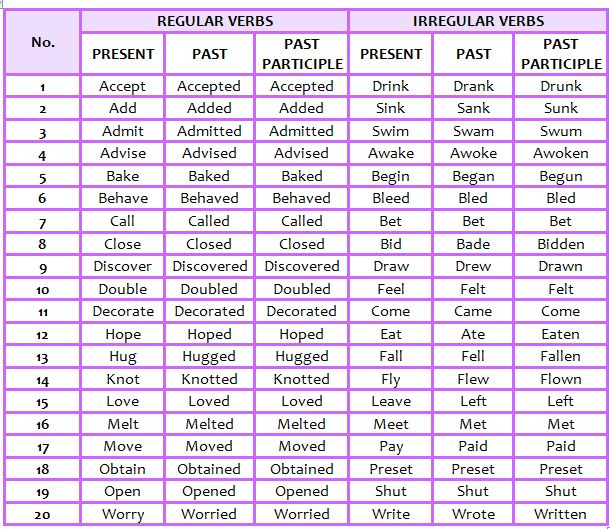
It is boring.
She is the leader.
They are at the bank.
Sometimes when answering a question you can see just a subject and “to be” verb used as in this structure:
subject + “to be” verb
Examples:
Q: Are you the doctor?
A: I am.
Q: Is she the teacher?
A: She is.
Adding
adverbs to your sentences with linking “to be” verbsReminder: Adverbs modify verbs, adjectives and other adverbs in order to tell us how, when, where, why, how often or to what extent
Structure: Subject + “to be” verb + adverb +complement or
Adverb, subject + “to be” verb + complement
Examples:
I am always on time.
It is never boring.
Sometimes, it is difficult.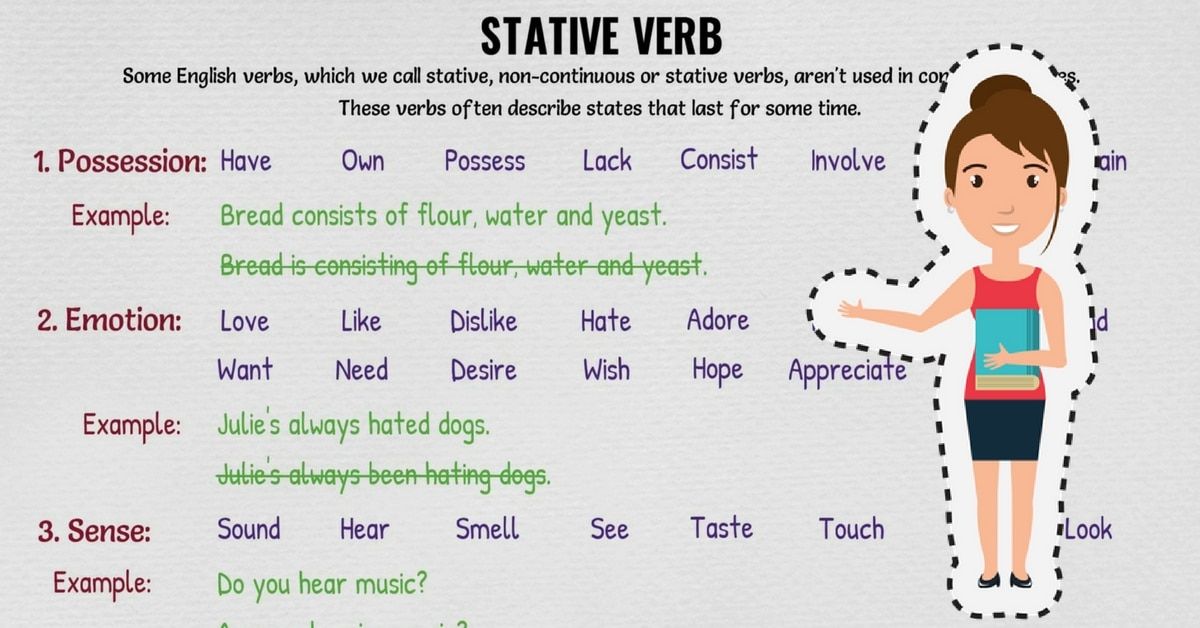
“
To be” verbs for discussing possibility or giving suggestionsWhen describing possibilities you’ll typically use the following structure:
Subject + modal verb (could, should, would, might etc) + be + complement
Note: “be” stays in this base form directly after a modal verb.
Examples:
He could be a superstar.
She might be late.
You should be nice to your parents.
When giving suggestions, it is a little more complicated.
Examples:
subject + modal verb (suggest)+ object + be + complement
subject + modal verb (advise)+ object + to be + complement
I suggest you be nice to your mother.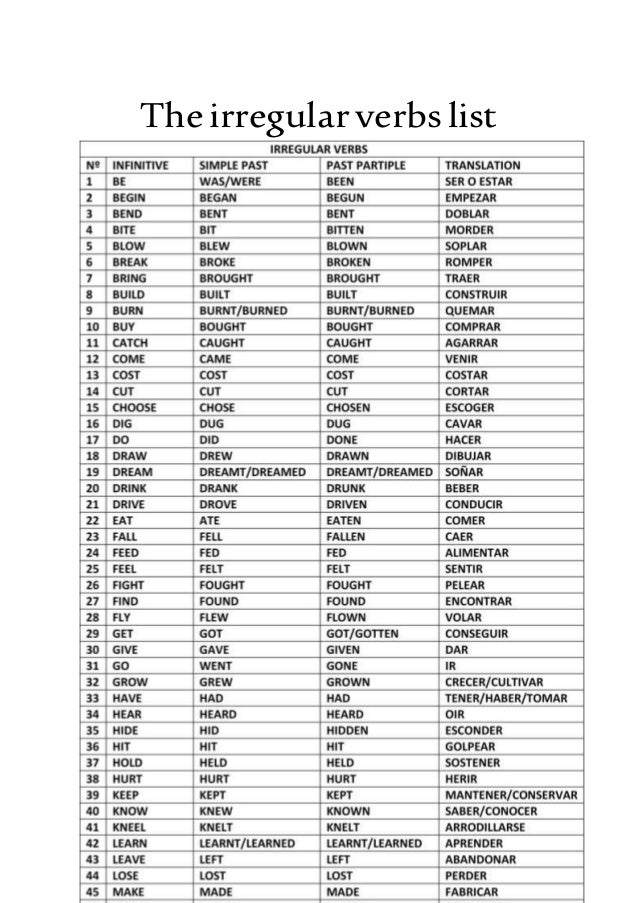
I advise you to be cooperative.
Imperatives: giving commands using “to be” verbsWhen giving imperatives or commands, “to be” verbs stay in the base form of be and typically stay at the beginning of the sentence. In these sentences, the subject is implied so it doesn’t have to be written, that is why you only see the “to be” verb followed by the complement.
Structure: “to be” verb + complement or
Do not + “to be” verb + complement
Examples:
Be a good student.
Be nice to your teacher.
Don’t be mean to him.
When to use “
to be” verbs as infinitives.Infinitives are to plus a verb in order to make a noun.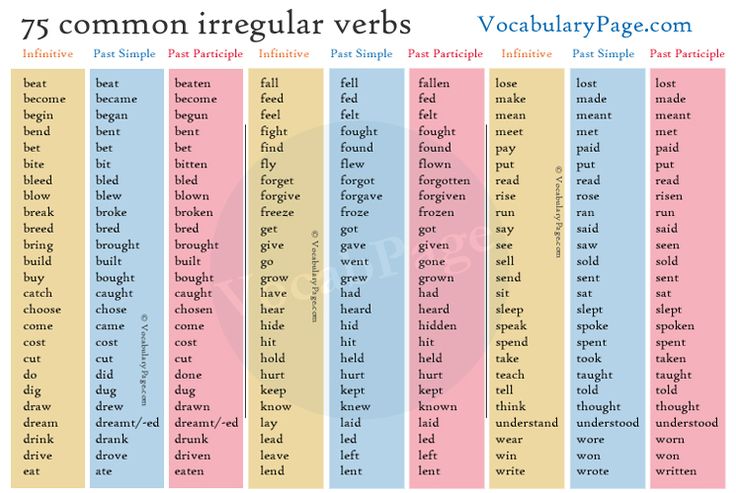 So you’ll see them in the subject or object of a sentence. They are used to describe the abstract, so they most often are used with a modal verb of desire.
So you’ll see them in the subject or object of a sentence. They are used to describe the abstract, so they most often are used with a modal verb of desire.
I want to be a singer.
He likes to be the best at what he does.
They hope to be friends.
When making these negative, you’ll put do not or does not before the modal verb.
Examples:
Note: following don’t or doesn’t modal verbs such as like, want, need, or hope will stay in base form.
I don’t want to be difficult.
He does not like to be mean.
She doesn’t want to be a musician.
The
passive voice using “to be” verbsIn sentences using the passive voice, the person or thing which is performing the action is either in the object of the sentence or even omitted.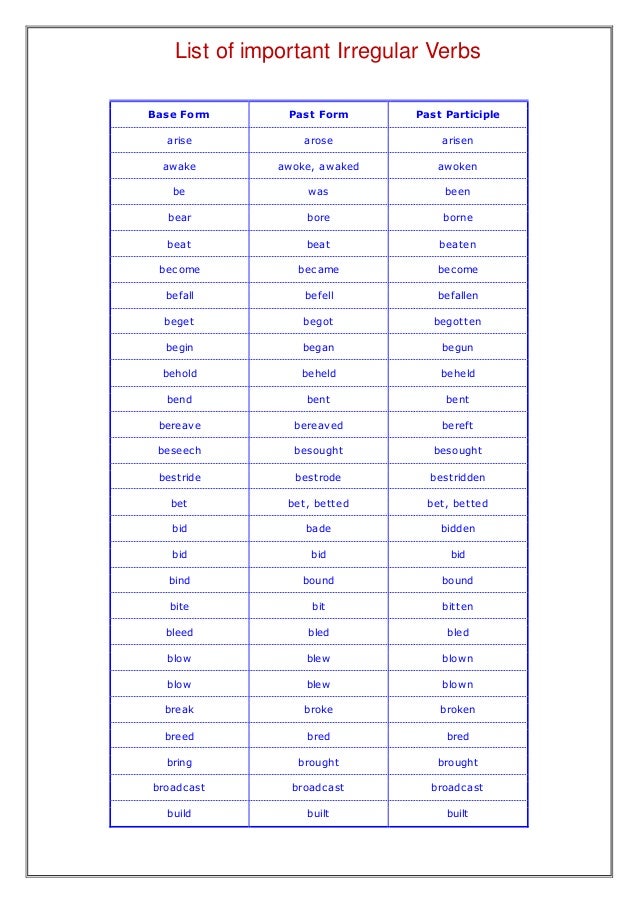 When written, the noun performing the action is normally found following a preposition such as “by”
When written, the noun performing the action is normally found following a preposition such as “by”
The most common passive voice construction is this:
Subject + “to be” verb + verb or
Subject + “to be” verb + verb + by + object
In these constructions, the “to be” verb will follow the standard rules for subject verb agreement. The examples below have sentences using “to be” verbs in different tenses.
Examples:
Present: The car is powered by electricity.
Present progressive: The work is being done.
Past: The building was demolished by the crew.
Future: The meal will be prepared by the chef.
Present perfect: The coffee had been made.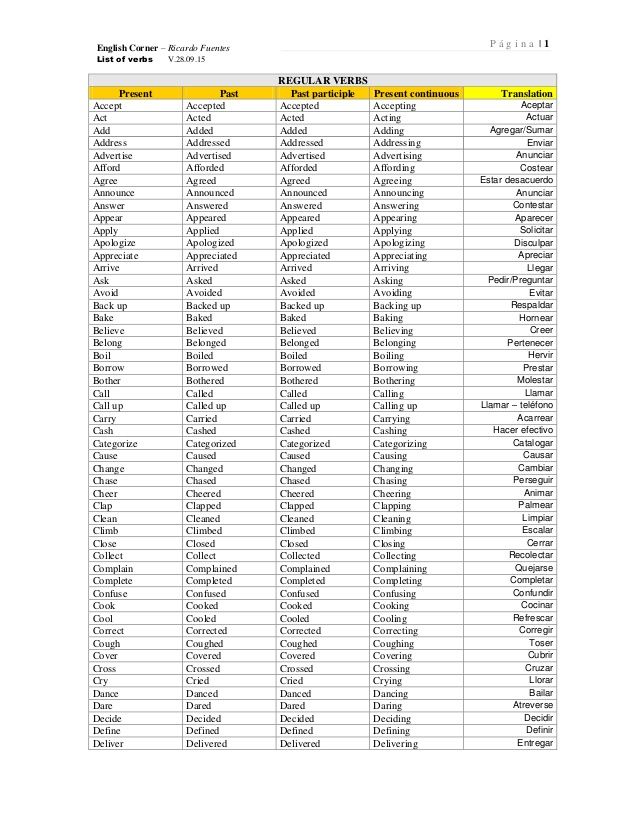
We have covered many ways in which you can use “to be” verbs. Follow our blog for more lessons like this one. Also, if you would like to find out more about studying English online or in the United States, contact us here. FLS International offers live online classes, in-person classes, cultural tours and more!
Written by: Welkin Tang
Comprehensive list of verbs with examples
3.4
(1264)
Looking for a verbs list? Fret not. Here’s a quick guide on the list of verbs with illustrative examples. But before we get down to the list of verbs, let’s quickly brush through the definition of a verb.
A verb in the simplest sense is a word that describes an action, an event or a state. It tells you what the subject of a sentence is doing. The verbs (like those in the verb list below) are usually the main words in a sentence and without them a sentence is incomplete. Having said that, how do you recognize a verb in a sentence?
Well, verbs (like those in the verbs list below) are typically used after a noun or a pronoun.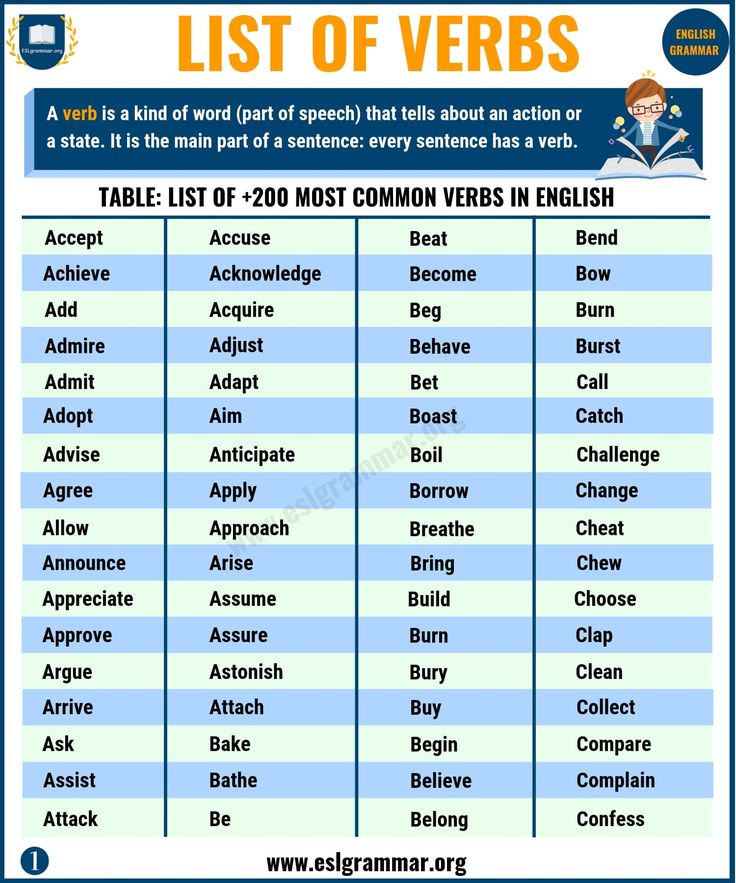 The nouns or pronouns in such cases, are referred to as subjects.
The nouns or pronouns in such cases, are referred to as subjects.
For example:
- Anthony went to the market.
In this case the action of Anthony physically having went to the market is the verb.
In this guide, verbs are categorized into a few different lists:
- action verbs list
- linking verbs list
- helping verbs list
- irregular verbs list
Except for the linking verb list, the other categories break down into different types. The next list of verbs can be physical or mental. The list of helping verbs can be auxiliary or modal. The list of irregular verbs shows verbs in different tenses.
Learning the words in each verb list can help you develop your English-speaking skills. To make comprehension easier, example sentences have been provided in the verb list sections.
List of Action Verbs
In an action verbs list, each verb can be used to state a subject’s action in a sentence.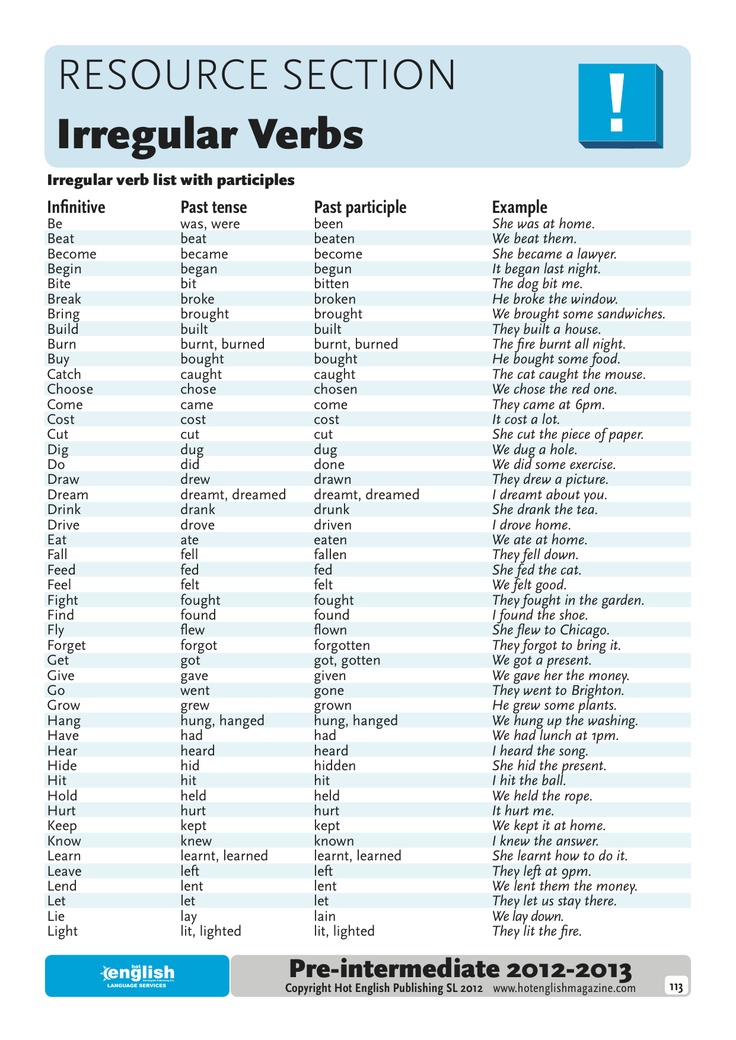 There are two types of action words you’ll find in this list of action verbs.
There are two types of action words you’ll find in this list of action verbs.
The physical verb list features action words. In other words, the words within a physical action verb list usually describe an action that someone or something physically does. In a nutshell, a particular motion made using one’s body or a tool to complete an action is referred to as an action verb. For example, let’s start with a short list of action verbs:
- Walk
- Open
- Speak
All of the words on this short action verb list describe physical actions. The verb list below is a much longer list of action verbs that are useful to know.
Physical Action Verb List:| Act | Answer | Approve | Arrange |
| Break | Build | Buy | Coach |
| Color | Cough | Create | Complete |
| Cry | Dance | Describe | Draw |
| Drink | Eat | Edit | Enter |
| Exit | Imitate | Invent | Jump |
| Laugh | Lie | Listen | Paint |
| Plan | Play | Read | Replace |
| Run | Scream | See | Shop |
| Shout | Sing | Skip | Sleep |
| Sneeze | Solve | Study | Teach |
| Touch | Turn | Walk | Win |
| Write | Whistle | Yank | Zip |
Hopefully you already recognized a few (or all) of the words on this action verbs list.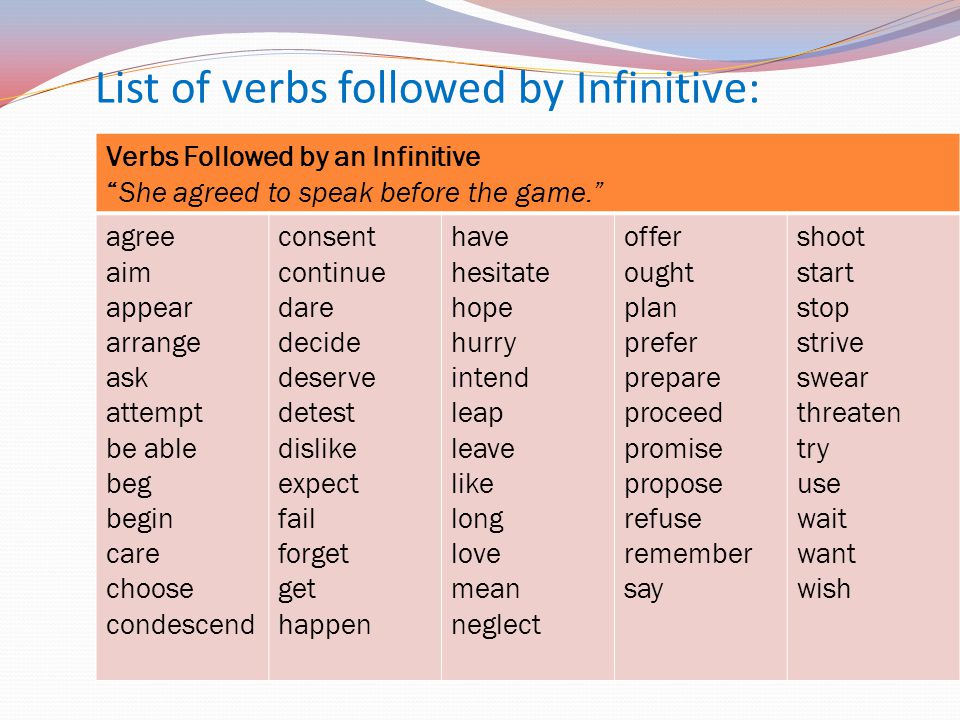 They are all very useful! If you think you’ll need it, feel free to print this action verbs list for future reference.
They are all very useful! If you think you’ll need it, feel free to print this action verbs list for future reference.
Before moving on from the physical action verb list and looking at the mental verbs list below, consider reading these resources explaining MLA format and APA format. They could help you understand how to format your next writing assignment. Or, if you’re ready, let’s move on to the next list of action verbs.
Type 2: MentalThe second type of action verbs list is for mental action words. Mental action words describe intellectual processes that don’t happen physically, but rather take place in your mind. Examples of mental action words (that are part of the action verb list below) include think, feel, and want.
List of Verbs Describing Mental Action:| Concern | Decide | Dislike |
| Doubt | Feel | Forget |
| Hate | Hear | Hope |
| Impress | Know | Learn |
| Like | Look | Love |
| Mind | Notice | Own |
| Perceive | Realize | Recognize |
| Remember | See | Smell |
| Surprise | Please | Prefer |
| Promise | Think | Understand |
It’s important to understand that some mental action words on this action verbs list don’t refer to the literal use of the word.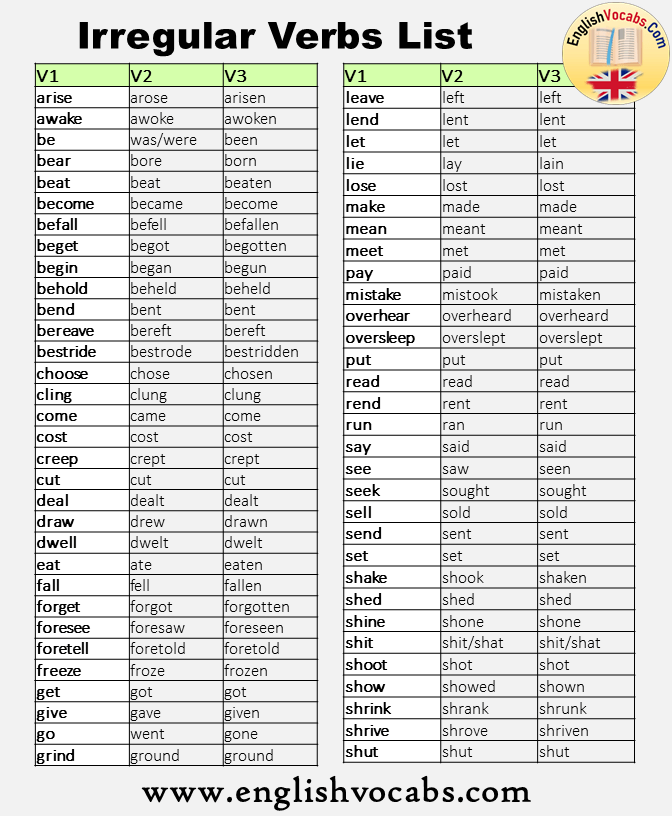 For instance, the mental list of verbs includes the words see, look, hear, and smell. These words could also be included on a list of action verbs describing physical motion. When you don’t use these words in the literal sense, they become mental action words. In other words, these words could be found on both a physical and mental action verbs list.
For instance, the mental list of verbs includes the words see, look, hear, and smell. These words could also be included on a list of action verbs describing physical motion. When you don’t use these words in the literal sense, they become mental action words. In other words, these words could be found on both a physical and mental action verbs list.
Here are some examples showing the difference:
- Action: I can see Paul jumping up and down.
In this example , you can literally see Paul jumping around.
- Mental: Frank returned from Europe yesterday? I see.
However, in the above example you can’t literally see Frank returning from Europe. Instead, “I see” means to understand. Therefore, ‘see ’used in this context is a mental word.
- Action: These roses smell wonderful.
This example refers to the physical action of smelling flowers and comments on their scent.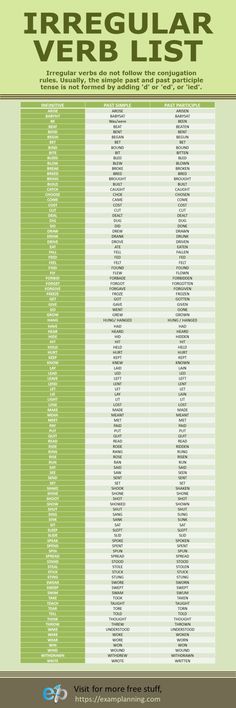
- Mental: Something smells funny about this situation.
On the other hand, in this example, nothing literally smells funny. Instead, it means that there’s something strange and unusual about the situation.
To summarize, there are hundreds of words that could go on an action verbs list. The physical verbs list and the mental list of verbs only include a few basic words of each type. There are many more to learn and they’re all fun to use. In order to expand your vocabulary, it’s helpful to study another list of action verbs. For a PDF list of action verbs, visit this site.
The next verbs list is a list of linking verbs. Even if you don’t know what they are yet, these words are very important! Pay close attention to the list of linking verbs below. You never know when a list of linking verbs might come in handy.
Linking Verbs List
There’s a list of verbs that do not describe any action. Instead, these words explain a state of being such as a condition or relationship.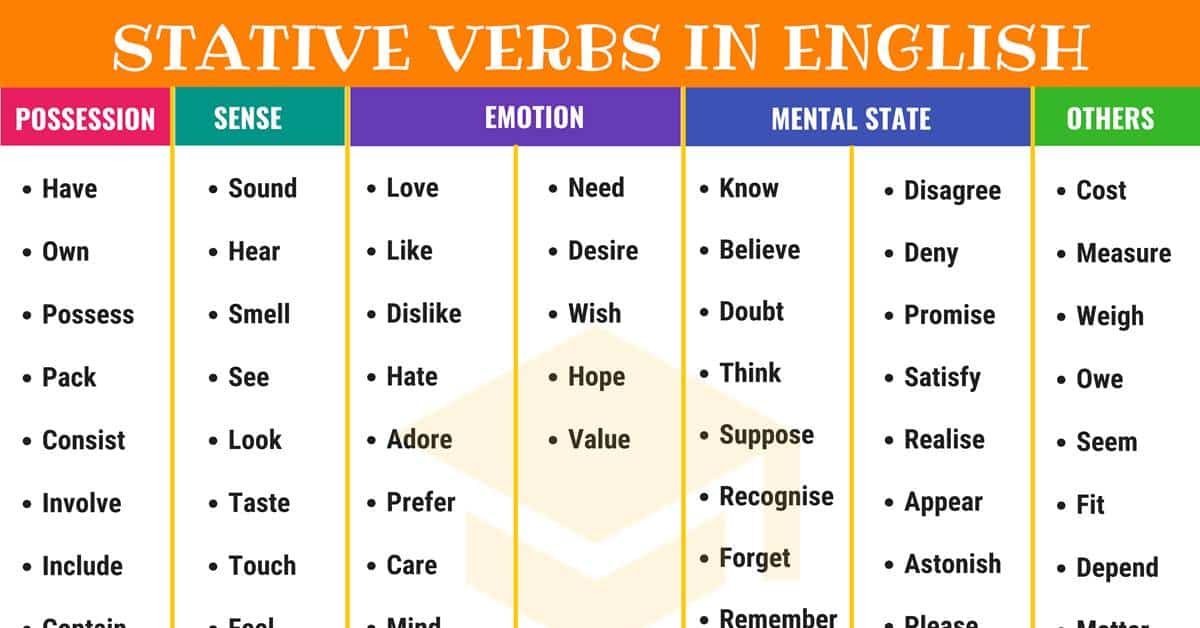 They are also commonly known as linking verbs, and they make up the linking verb list below.
They are also commonly known as linking verbs, and they make up the linking verb list below.
The words in the linking verbs list are words that connect the subject of a sentence to specific information about the subject. In other words, linking verbs connect the subject to a predicate noun or a predicate adjective.
A list of linking verbs could also be called a ‘being verbs list.’ This is because the words within a linking verbs list show a state of being. You’ll notice that most verbs on the being verbs list are forms of ‘to be’. Other verbs like ‘become’ and ‘seem’ also belong on a being verbs list.
These ‘being’ verbs (see the list of linking verbs/being verbs list below for examples) are used with subjects that are both in past and present tense. Being verbs like ‘was/were’ should be used instead of ’be’ in the past tense, and ‘is/am/are’ in the present tense. For instance:
- Amy was being cynical.
- We are being noisy.
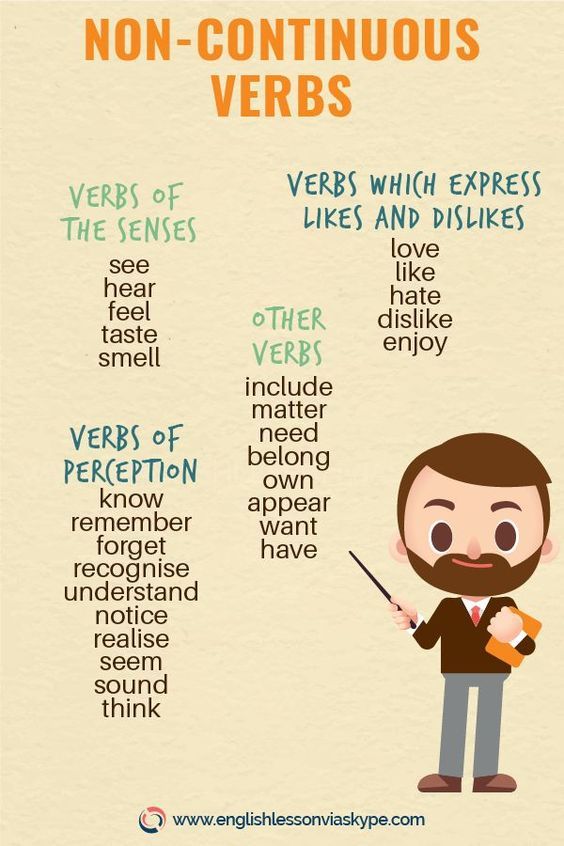
- Andrew was afraid of Luna.
- You appear to be scared.
The being/linking words in the sentences above are included in the being verbs list below. You can use words in the linking verbs list to connect the subject with other words in a sentence. There aren’t as many words on a linking verb list as there are on a verb list for mental and physical action words, but each word in the list of linking verbs is nonetheless important.
Linking Verbs List / Being Verbs List:| Am | Appear | Are |
| Be | Become | Been |
| Being | Feel | Grow |
| Is | Look | Remain |
| Seem | Smell | Sound |
| Stay | Taste | Turn |
| Was | Were |
As you can see on the linking verbs list above, all forms of to be are important linking words.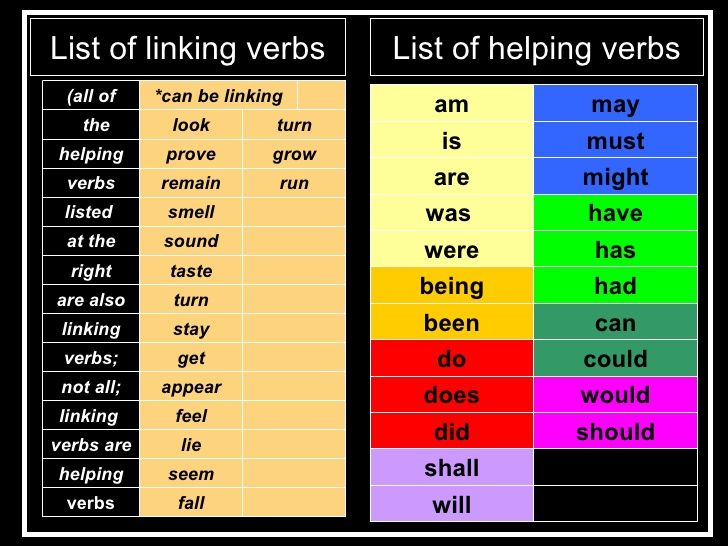 It would be difficult to have a conversation about yourself without using any of the words on this linking verbs list. Want to remember all of these? Feel free to print and save this linking verb list for reference. You could also look for another linking verb list and examples to study.
It would be difficult to have a conversation about yourself without using any of the words on this linking verbs list. Want to remember all of these? Feel free to print and save this linking verb list for reference. You could also look for another linking verb list and examples to study.
Now that you’re well-versed with action words, and the linking verb list, let’s move on to helping words.
Helping Verbs List
Now that we’ve gone over the list of linking verbs let’s talk about helping verbs. A helping verb ‘helps’ or supports the main verb. There are two types of words within the helping verbs list: auxiliaries and modals.
Both auxiliaries and modals add more meaning to the main action or the being word. They can also describe the period of a physical or mental action taking place. They can also add emphasis to your sentences and indicate an event happening.
Auxiliaries (like those in our helping verb list below) extend the main verb and help show time, tense or possibility.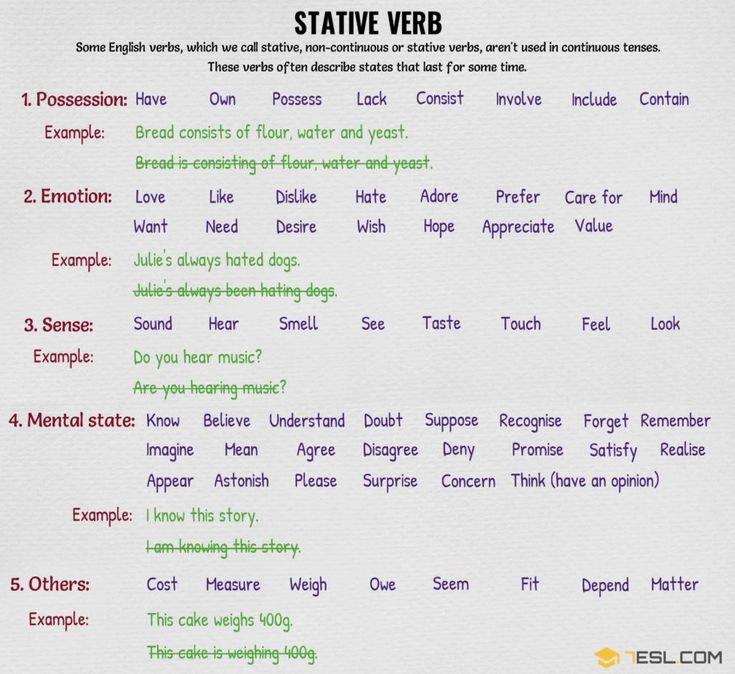
Examples of auxiliary verbs:
- Matthew is going out for lunch.
- I have finished my homework.
Modals indicate possibility, ability or expectation. A list of helping verbs that are modal are further down this page, but let’s start with a few example sentences; they’ll help us understand how they’re used.
Examples of modals:
- Wilson may want to talk to you again.
- Alexa must go to work today.
If you want to learn how to create complex sentences, then it’s important to study a helping verbs list. Here’s your first list of helping verbs.
List of Helping Verbs, Auxiliaries| Auxiliary Word | And all its forms… |
|---|---|
| To Be | Am, Are, Is, Was, Were, Be, Been |
| To Have | Have, Has, Had |
| To Do | Do, Does, Did |
So, how do you know that the words in this auxiliary helping verbs list are actually ‘helpful’ or act as standalone words? Simply look for other verbs (action or being words) in the sentence.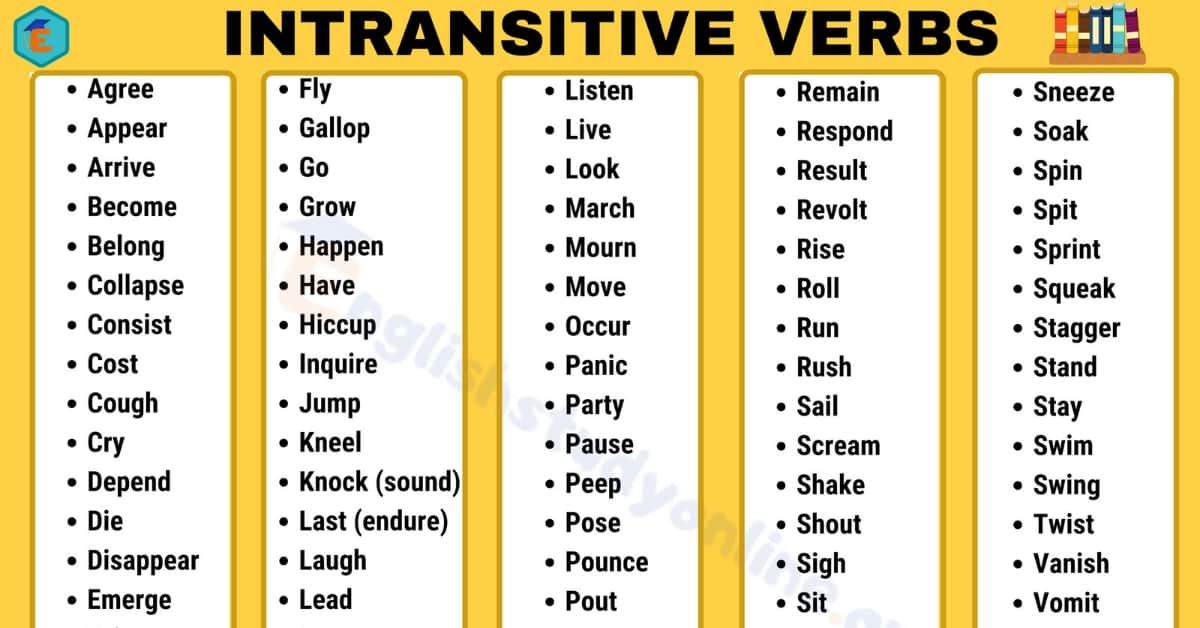 If you notice any form of ‘to be’, ‘to have’, or ‘to do’ before another action or being word, then you’re looking at a sentence with an auxiliary.
If you notice any form of ‘to be’, ‘to have’, or ‘to do’ before another action or being word, then you’re looking at a sentence with an auxiliary.
Using the previous auxiliary helping verbs list, can you figure out which word is the auxiliary in the examples below?
- Charlie’s mother is cooking breakfast for us tomorrow.
- Tina hasn’t exercised today.
Both modals and auxiliaries can be found on a list of helping verbs. Modals are usually followed by the infinitive of another verb. Just like the list of linking verbs, the list of modals within the list of helping verbs is also small and therefore easy to remember. A verbs list with modal verbs is given below.
List of Helping Verbs, Modals| Can | Could | May |
| Might | Must | Ought to |
| Shall | Should | Will |
| Would |
Here are some examples of how modals, from the above list of verbs, explain uncertainty, obligation, and possibility.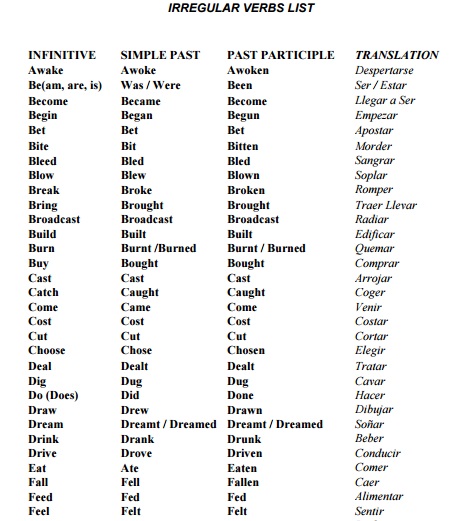
- I must go to school today.
There’s an obligation to go to school.
- You could go to school today.
In this sentence, it’s possible that you will not go to school today.
- Jennifer’s not sick and should go to school today.
And in this sentence, it’s possible that Jennifer doesn’t go to school.
- If Tommy feels better tonight, he might go to school tomorrow.
Whereas in this sentence there’s a chance that Tommy may or may not go to school.
Now that you are well versed with a linking verbs list, a list of verbs that are ‘helpful,’ and a verbs list for action words, let’s move on to the next section: a list of irregular verbs.
Irregular Verbs List
The next verbs list you’ll look at is the list of action verbs that are irregular, thus they are part of the irregular verbs list. So what exactly are irregular verbs? Well, verbs that do not follow the normal rules for conjugation fall into the irregular verbs list.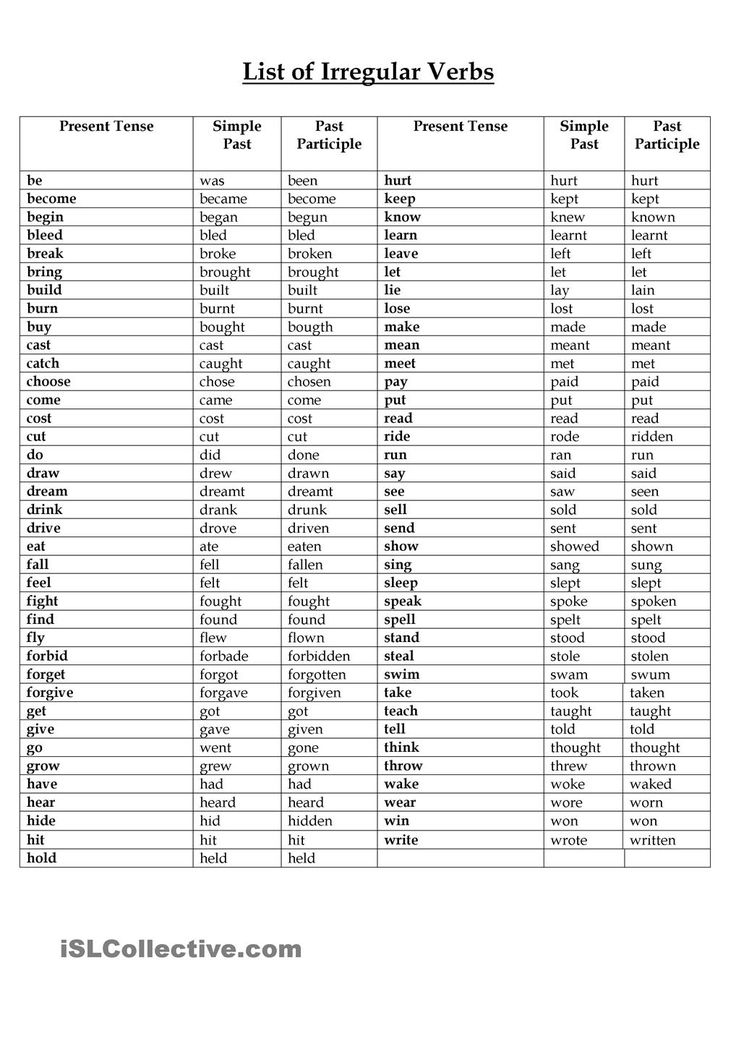
Basically, most ‘normal’ words in the past tense have an -ed at the end. Examples include jumped, skipped, and leaped.
- jump → jumped
- skip → skipped
- leap → leaped
- walk → walked
This conjugation pattern applies to most words. However, irregular verbs — like those in the irregular verbs list below — don’t follow this normal pattern. For example:
- Draw → drew, drawn
These verbs shift tenses according to its own set of rules, and thus belong on our list of irregular verbs.
The words in the list of irregular verbs below are shown with their past simple and past participle versions. You could say, that it is also an irregular past tense verbs list.
An irregular past tense verbs list generally includes words like brought, were, became, etc. The irregular past tense verbs list below presents English past tense verbs.
Irregular Past Tense Verbs List:| BASE FORM | PAST SIMPLE | PAST PARTICIPLE |
|---|---|---|
| Be | Was or Were | Been |
| Become | Became | Become |
| Bring | Brought | Brought |
| Build | Built | Built |
| Catch | Caught | Caught |
| Draw | Drew | Drawn |
| Fly | Flew | Flown |
| Get | Got | Got |
| Go | Went | Gone |
| Grow | Grew | Grown |
| Hold | Held | Held |
| Learn | Learnt/Learned | Learnt/Learned |
| Smell | Smelt | Smelt |
Did you come across any new verbs in this irregular verbs list? There are many other words that could be added to this irregular past tense verbs list, but this list of verbs is a good start.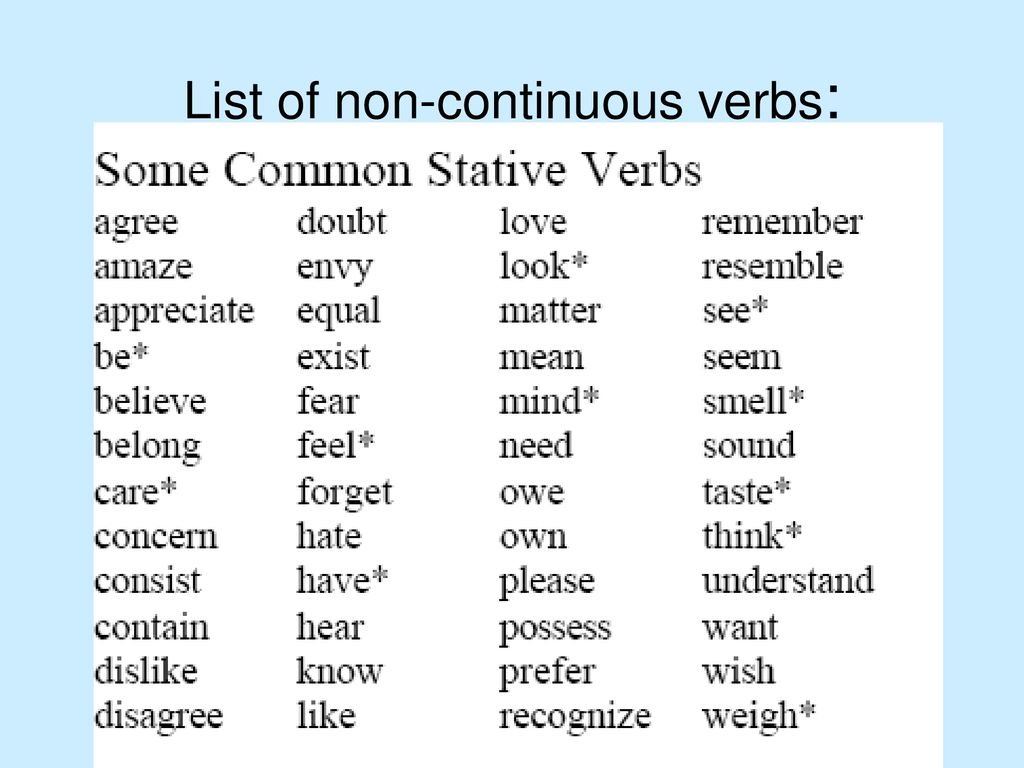 Hopefully, this list of irregular verbs (or irregular past tense verbs list) will help you write your assignments with greater precision. Once you’re done studying the list of irregular verbs, visit this informative site for further learning.
Hopefully, this list of irregular verbs (or irregular past tense verbs list) will help you write your assignments with greater precision. Once you’re done studying the list of irregular verbs, visit this informative site for further learning.
Congratulations on reviewing many verb list types! Now that you have finished reading a comprehensive linking verbs list and studied a helpful list of verbs along with an irregular verbs list, why not get some help on your next English assignment? The paper checker from Citation Machine Plus lets you make citations in APA format and more citation styles. Try it out today!
Published March 5, 2019. Updated April 16, 2020.
How useful was this post?
Click on a star to rate it!
We are sorry that this post was not useful for you!
Let us improve this post!
Tell us how we can improve this post?
55 English verbs you need to know to "survive"
This collection will be extremely useful for everyone who starts learning English on their own, and for those whose level of knowledge of the language is somewhere at the initial step. I tried to choose the most necessary English verbs. Of course, this list can and should be expanded, but that's a completely different story. Everything has its time.
I tried to choose the most necessary English verbs. Of course, this list can and should be expanded, but that's a completely different story. Everything has its time.
My task was to prepare for you a list of English verbs for "survival" - ie. to help you understand basic English.
If you are just starting to learn English, this list will be more than ever helpful. All verbs are given in their initial form - the infinitive. Many verbs have more than one meaning, so I give only the very first one, you can look up the rest of the meanings in the dictionary if you are interested.
Fundamental English verbs
- Be – be
- Have - have
- Do - do
- Make - make
- Get - get
- Take - take
- Try - try
- Know - know
- Think - think
- Feel - feel
- See
- Give - give
- Bring - bring
- Buy - Buy
- Cost - cost (about the price)
- Break - destroy
- Put
- Eat - eat (eat)
- Sleep - sleep
- Drink - drink
- Understand
- Write - write
- Read
- Speak
- Tell - tell
- Meet - meet
- Teach - teach
- Learn
- Send – send
Article in the topic:
How to say "I like" or "I don't like" in English in different ways
- Forget - forget
- Dream - dream
- Pay - pay
- Sell - sell
- Call - call
- Play – play
- Drive - drive a car
- Travel - travel
- Start - start
- Stop - stop
- Need
- Use - use
- Can - to be able (to be able)
- Clean - clean
- Help - help
- Run - run
- Cook - cook food
- Open - open
- Close
- Move – move
- Sing - sing
- Swim - swim
- Dance - dance
- Work - work
Having learned these English verbs and set phrases, you will be able to understand everyday English in an elementary way, that is, you will need these basic knowledge at first.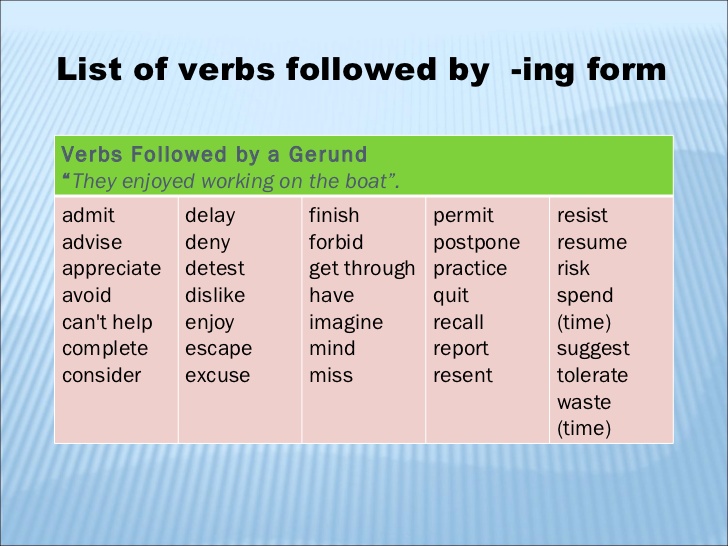 Further it is worth deepening knowledge and learning more English verbs.
Further it is worth deepening knowledge and learning more English verbs.
Article in the topic:
How to learn to write in a foreign language and learn the alphabet on your own: useful tips
Necessary stable phrases
There are times when self-study of a language comes to a standstill, you simply cannot force yourself to sit down and open a book, or some material remains incomprehensible.
In this case, I advise you to contact tutors who know how to help you learn a new language, give you the right direction, explain complex material.
Learning never exhausted the mind.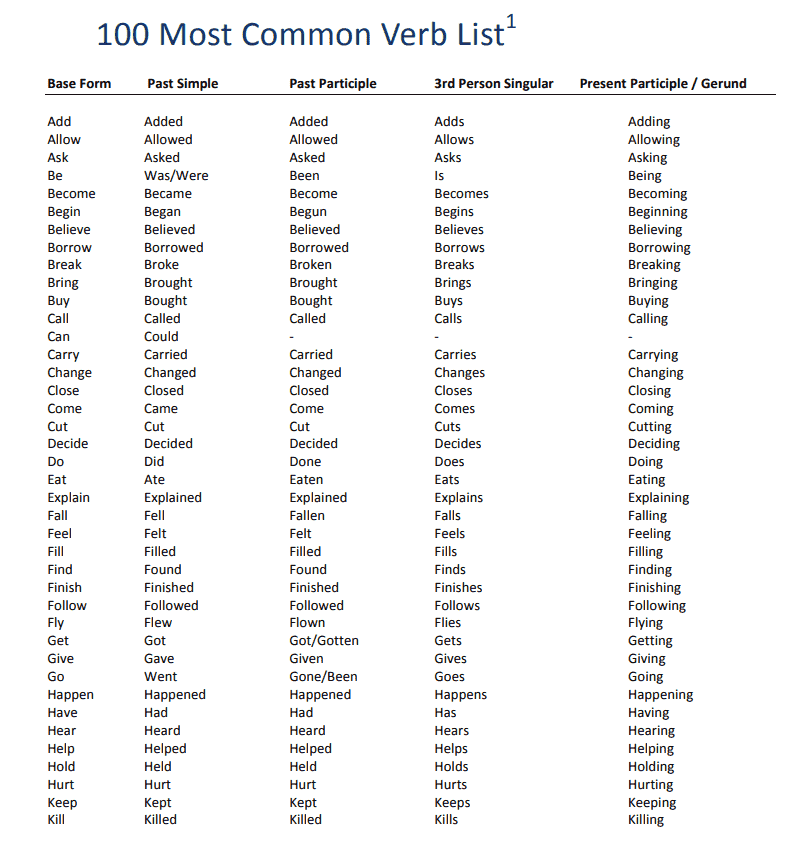
Leonardo Da Vinci
By the way, if you have a question about English, feel free to write to me and I will be happy to give you an answer.
Good luck!
List of modal verbs in English
Modal verbs in English are verbs that do not have their own meaning, they can only be used in conjunction with another verb. English modal verbs express modality, that is, the attitude of the speaker to any action.
The modal verb Can
Can in the meaning of "to be able", "to be able" is used to express the possibility of performing an action. One of the most common and frequently used modal verbs. It refers to insufficient verbs that do not exist in all forms.
Two forms of the verb can:
- can - present
- could - past tense and subjunctive
When negating this verb, the negative particle not is standardly added, but, unlike other cases, it becomes an integral part of the word - cannot.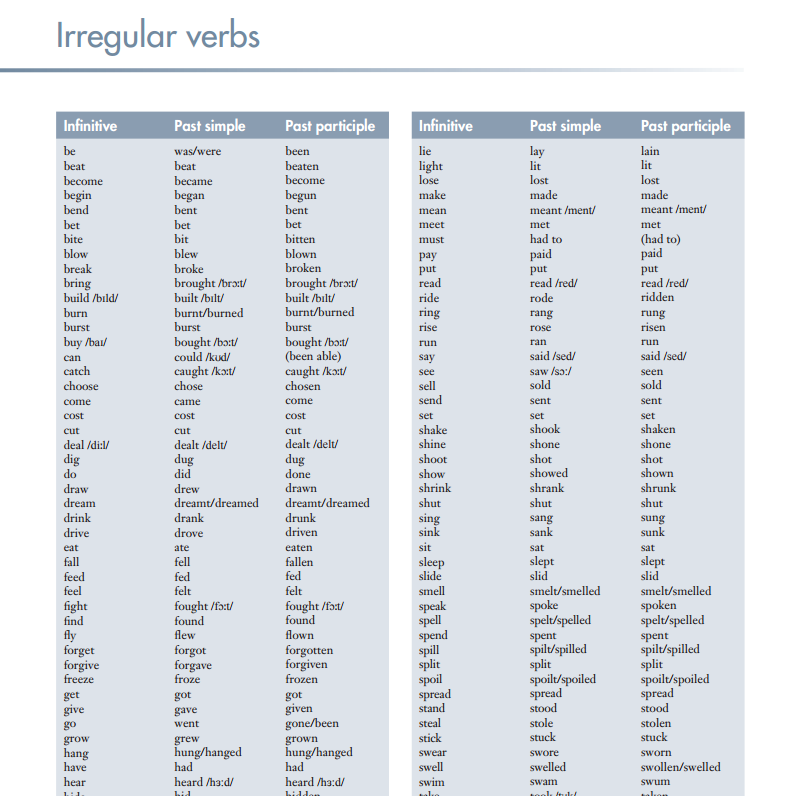
Can and not are written separately when not is part of another construct. One of the most frequently used such constructions is “not only…, but also” (not only…, but also). An abbreviated form is also possible - can't.
I cannot create a document. — I can't create a document.
I can not only create a document, but also edit it. - I can not only create a document, but also edit it.
Uses of the verb Can
- Mental or physical activity.
Due to my spine problems, I can't stand so long. - Due to my spinal problems, I can't stand for that long (i.e., I physically can't).
He could run faster. - He could run faster than (physical activity - running).
I can memorize 20 words in 5 minutes. — I can remember 20 words in 5 minutes (implies mental activity).
- The general or theoretical probability of performing an action.
She can do anything.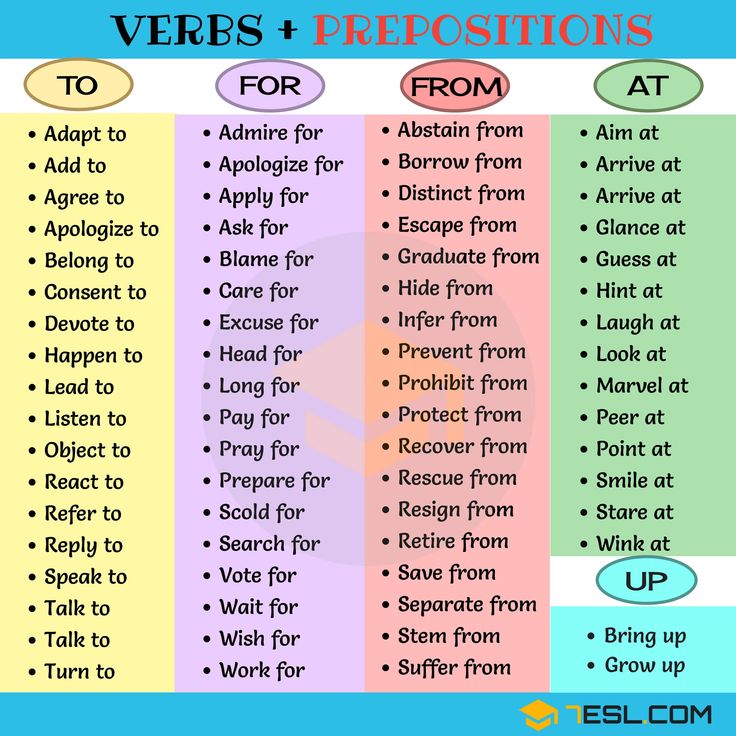 - She can do anything.
- She can do anything.
You can get knowledge from books. You can get knowledge from books.
- Request expression. In this case, you can use both can and could, but the latter option will be more polite and formal.
Can you wait for me outside? - Can you wait for me outside?
Could you tell me how to get to the museum? — Could you tell me how to get to the museum?
- Permission to do something, request for permission to do something, prohibition.
Can I take a photo? — Can I take a photo?
You can do whatever you want. - You can do what you want.
You cannot enter the room without my permission. You may not enter the room without my permission.
- Expression of surprise, reproach or distrust.
Can it be true? - Is that really true?
You could at least give me a hint! "You could at least give me a hint!"
No, she can't treat me like this.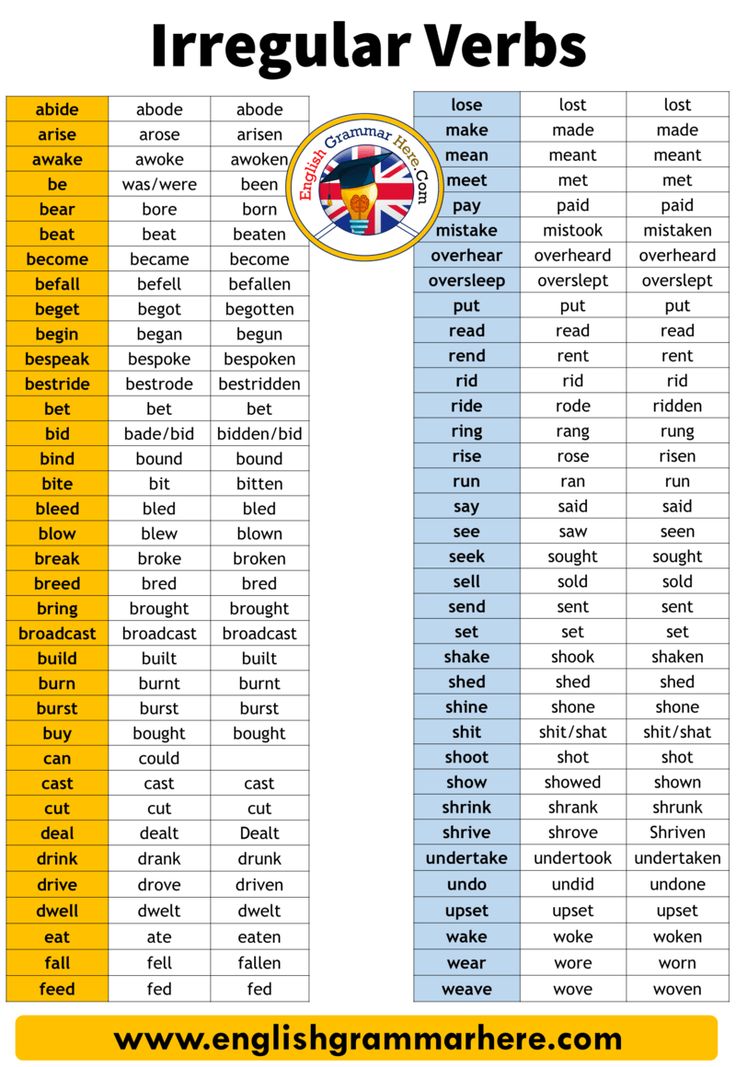 No, she can't do this to me.
No, she can't do this to me.
Modal verb Be able to
Expressions with the verb can in the future tense are translated using the probability verb to be able to (to be able / able to do). It is almost equivalent to the verb can, however, in the present and past tenses, it is more often used only to express that a person managed to do something, he succeeded in something.
The English modal verb to be able to changes in person, number and tense.
I couldn't speak Chinese but I was able to explain what I wanted. — I couldn't speak Chinese, but I was able to explain what I wanted.
Carl will be able to move to England. Carl will be able to move to England.
She is able to participate in that play. She can participate in this play.
Modal verb May
Modal verbs that express probability also include the verb may in the meaning of “allow”, “can”.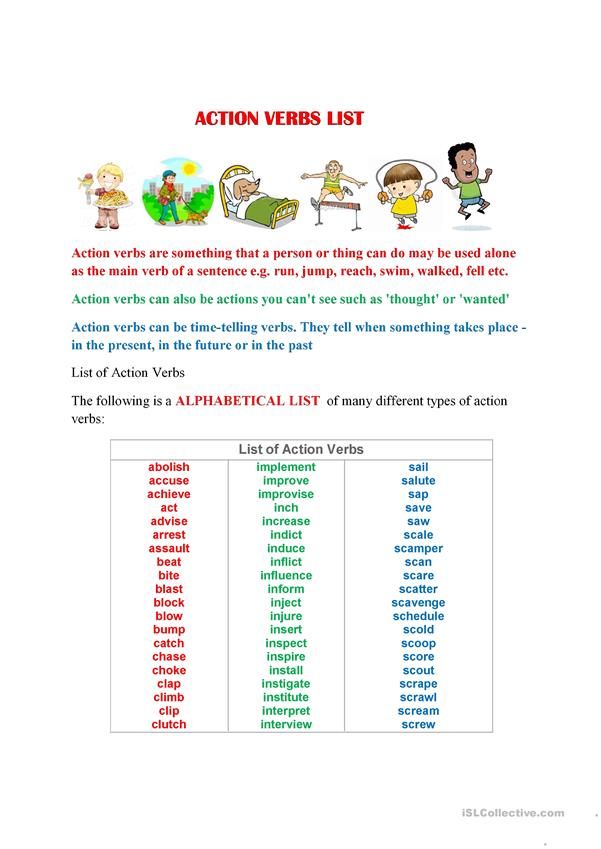
Two forms of the verb may:
- may - present
- might - past tense and subjunctive
Both forms are abbreviated in negation:
- may not = mayn't
- might not = mightn't
Uses of the verb May
- Permission to do something, request for permission to do something.
May I stay here? - May I stay here?
You may stay. - You can stay.
- Expression of uncertainty about the probability of taking an action. Might can be used as an amplifier:
I may apply to Harvard. “I might apply to Harvard.
It might be raining tonight. “Maybe it will rain tonight.
For more formality, might can be used in both cases.
Modal verb Be allowed to
The modal verb may is analogous to the modal verb be allowed to in the meaning of permission. Such a verb is used to show that permission was given without specifying who gave it.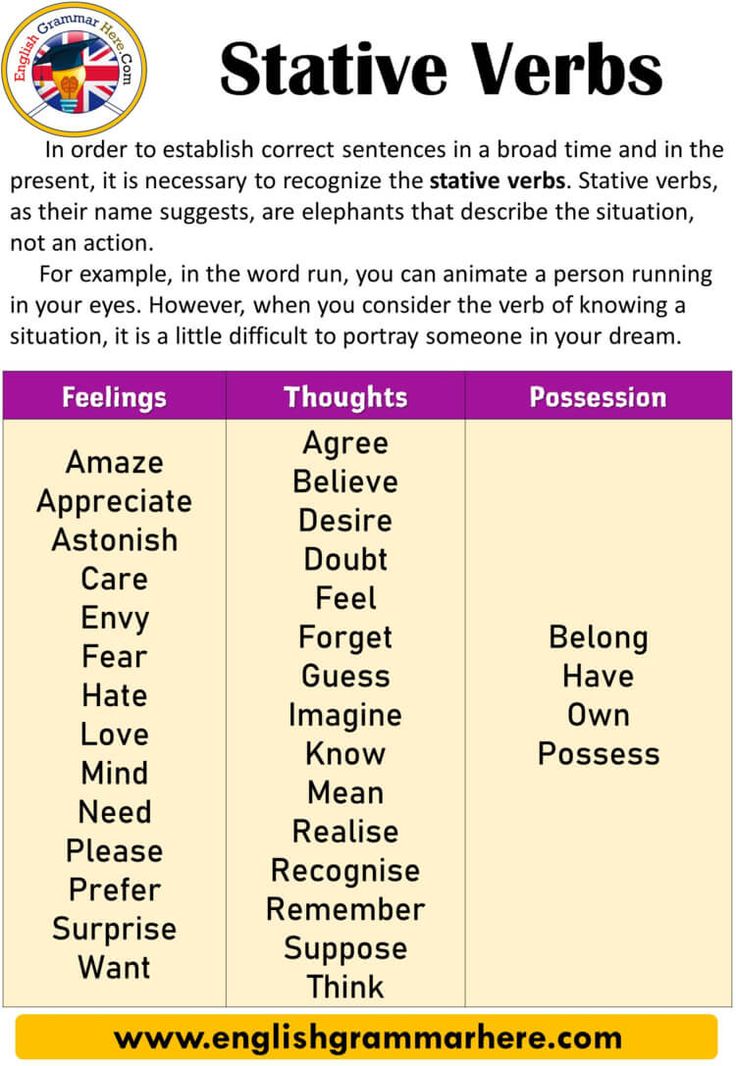 Since the verb to be changes in tenses, numbers and persons, the same changes apply to the modal verb be allowed to.
Since the verb to be changes in tenses, numbers and persons, the same changes apply to the modal verb be allowed to.
George was allowed to buy some sweets. George was allowed to buy some sweets.
I'm allowed to edit the texts on the website. — I am allowed to edit the texts on the website.
She is not allowed to enter. She is not allowed to enter.
He was not allowed to have a pet. He was not allowed to have a pet.
Modal verb Must
The English modal verb must is used in the sense of "must". It does not have a past or future tense. Can be used in the abbreviated form mustn't.
Uses of the verb Must
- Expression of obligation, necessity.
We must finish the essay before the deadline. We have to finish the essay before the deadline.
- Compulsory action.
You must do this, or you will have problems.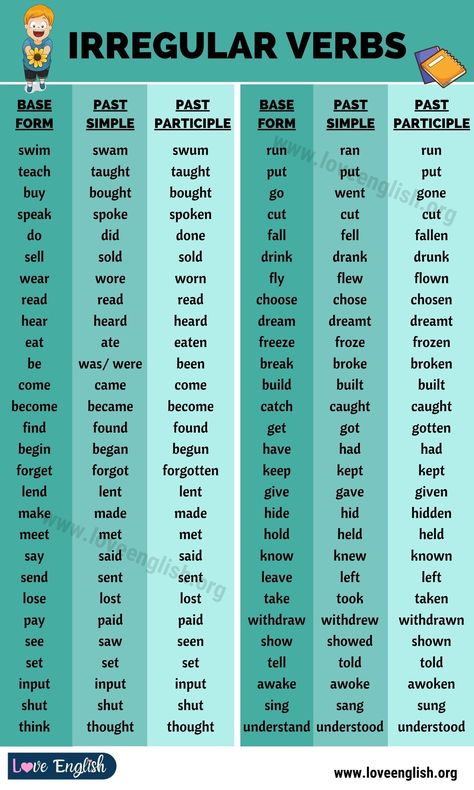 You must do this or you will be in trouble.
You must do this or you will be in trouble.
- Order or prohibition.
You must arrest him! You must arrest him!
You must not break the rules. You mustn't break the rules.
- Expression of confidence.
Charlie must be happy. Charlie must be (probably) happy.
Modal verb Have to
Since must has no past or future tense, the modal verb have (has) to is used instead. It changes in numbers, persons and tenses.
We had to update the profiles. We needed to update profiles.
I'll have to meet him. - I'll have to meet him.
The modal verb have to (have got to) is used in the meaning of "have to", "should". In addition to the above case, it is also used on its own, without replacing the verb must. It is usually used to show that some action needs to be done "because it is necessary, and not because you want to.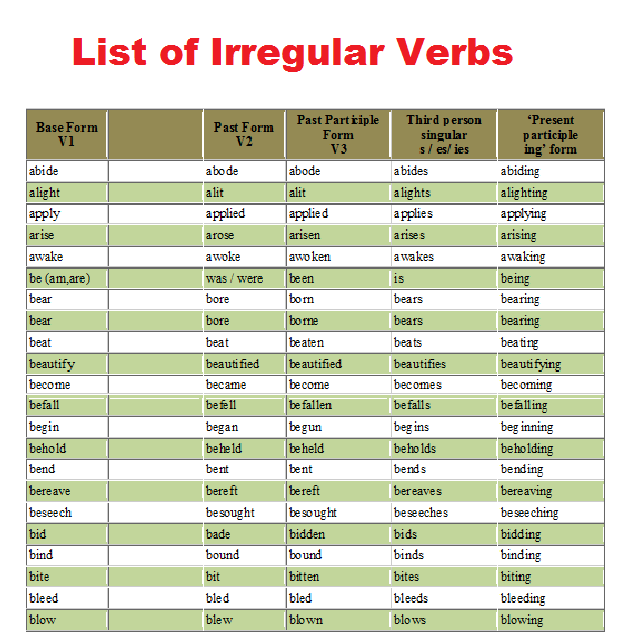 "
"
I have to get up early in the morning. I have to (I have to) get up early in the morning.
Differences between Must and Have to
- The modal verb must in English is used when there is an awareness of obligation, the need to do something, and there is also a rule that must be followed.
You must help your parents. You must help your parents.
- When using have to, we mean that we don't want to do something, but we have to because of the circumstances.
We had to give in. “We had to give in.
Differences between Have to and Have got to
- Have got to implies a specific action.
I've got to go to the dentist on Monday. I have to go to the dentist on Monday.
- Have to implies a repetitive action.
I have to consult my doctor every time before I go abroad.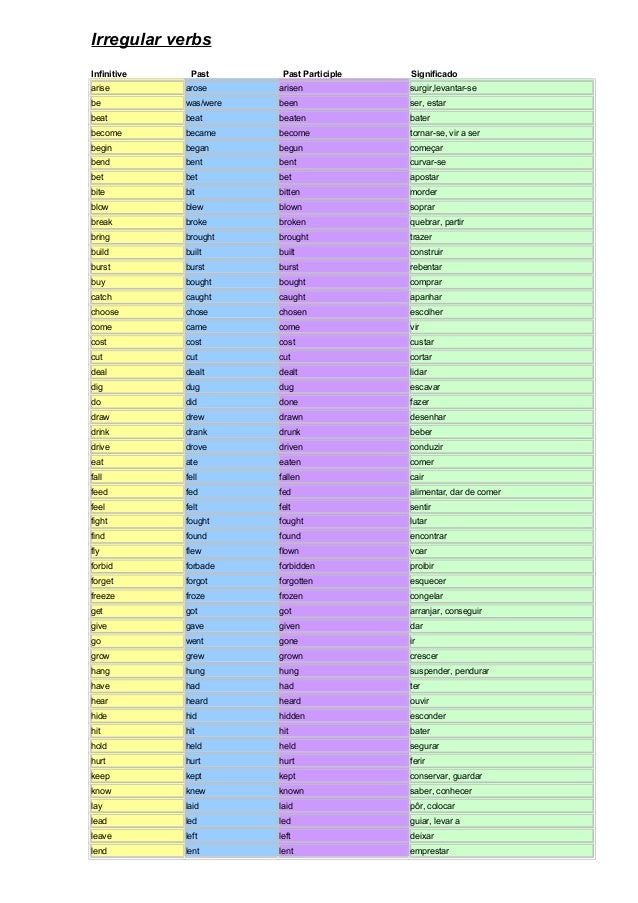 — I have to consult a doctor every time before going abroad.
— I have to consult a doctor every time before going abroad.
Modal verb Should
The modal verb should is used in the meaning of “should”, “should”. When negated, it has the abbreviated form shouldn't.
Uses of the verb Should
- Moral obligation.
I should do something good for him. I must do something nice for him.
I should be proud of my child. “I should be proud of my child.
You should avoid passive people. You need to avoid passive people.
She should learn foreign languages. She should learn foreign languages.
You should understand that there is nothing more important than your family. You must understand that there is nothing more important than your family.
- Instructions.
You should mix the flour and the yeast. You must mix flour and yeast.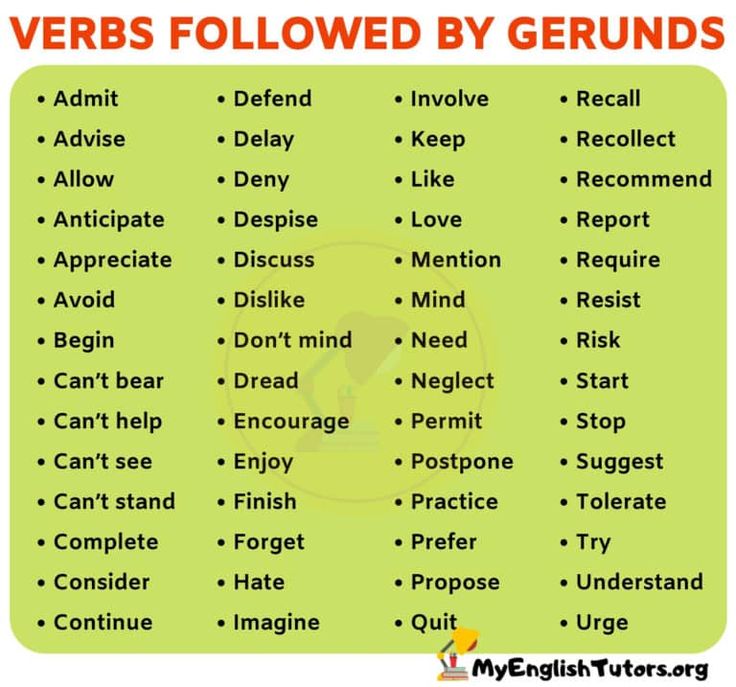
Modal verb Ought to
Like should, it is used in the meaning of “should”, “should”, but is used much less often. This modal verb has only one form. In denial, it can be shortened to oughtn't to.
Ought to is used to express advice or commitment.
We ought to complain about the quality. — We have to complain about the quality.
He ought to buy her flowers. He should buy her flowers.
You ought to give all your love to children. You must give all your love to children.
Modal verbs Shall and Will
Combine modal and future tenses. In negation, shall can be shortened to shan't, will to won't.
Shall is used when an offer to do something is required.
Shall I open the door for you? - Open the door for you?
The English modal verb will is used to insist on something. It can also be found in interrogative sentences that imply orders.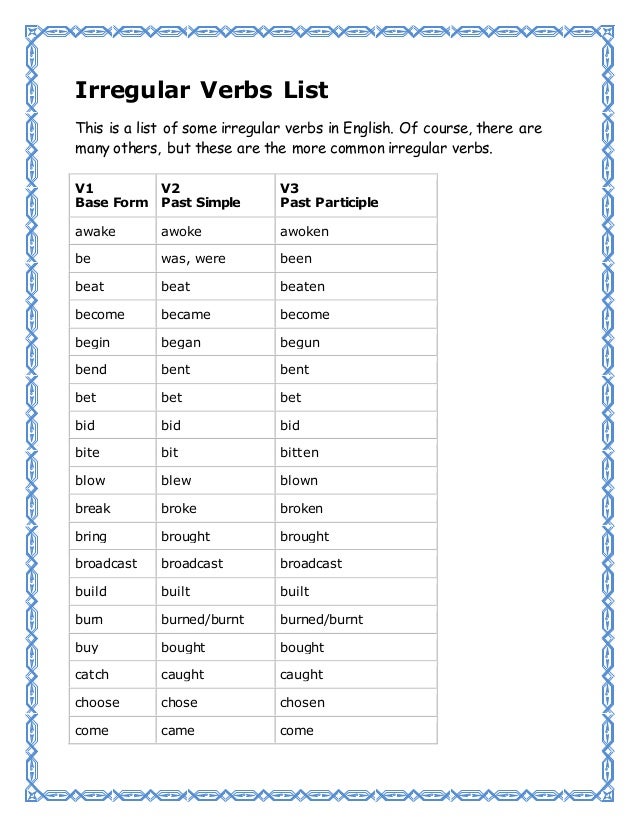
You will clean the room. You will have to clean the room.
Will you keep quiet? - Keep quiet!
Modal verb Be to
Used to express obligation. Used in past and present tenses.
Uses of the verb Be to
- Expression of actions that are performed according to a specific schedule.
The plane is to take off in 15 minutes. The plane takes off in 15 minutes.
- For actions that are predefined.
The little girl was to become the most successful writer in the USA. This little girl will become the most successful writer in the United States in the future.
- To express prohibition or impossibility.
People are not to be in that area. “People shouldn’t be in this area.
The language is not to be learned in 6 months. This language cannot be learned in six months.
Modal verb Would
Used for polite requests and suggestions.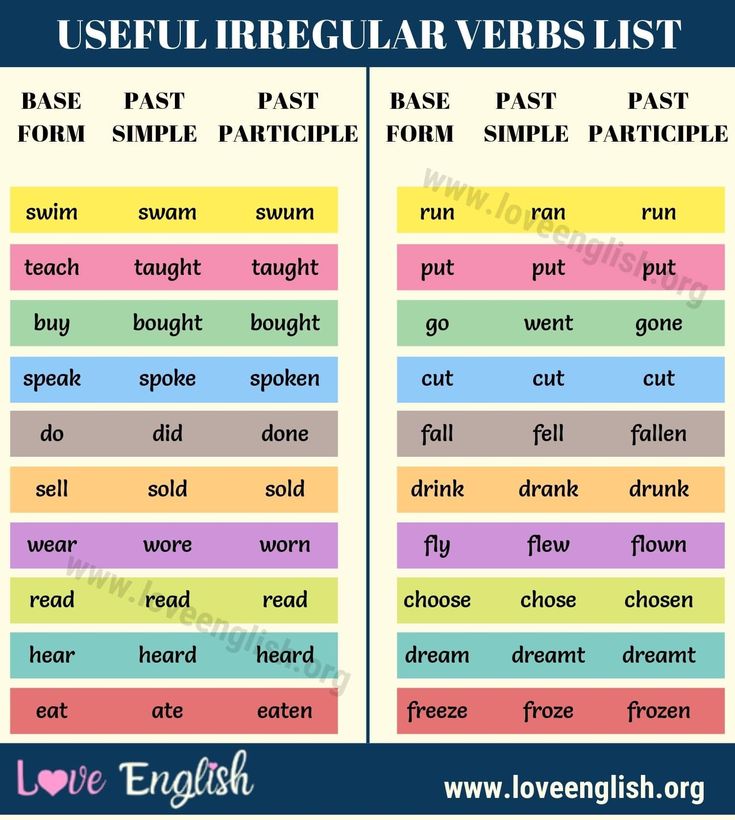 It is necessary to distinguish between would in the sense of "would" and would as a modal verb. Has an abbreviated negative form wouldn't.
It is necessary to distinguish between would in the sense of "would" and would as a modal verb. Has an abbreviated negative form wouldn't.
Would is used in phrases with suggestions, suggestions and requests.
Would you turn on the computer, please? — Could you turn on the computer, please?
Would you like a pie, or a cake? Would you like a pie or a cake?
It would be his brother over there. It must be his brother over there.
This modal verb can be used as an analogue of the modal verb used to, expressing actions that happened before, but are no longer happening now.
When I was little, I would watch cartoons every day. — When I was little, I watched cartoons every day.
List semi-modal verbs in English
Semi-modal verbs include those verbs that can act both as the main verb and as a modal verb in the statement, depending on the meaning and construction of the sentence.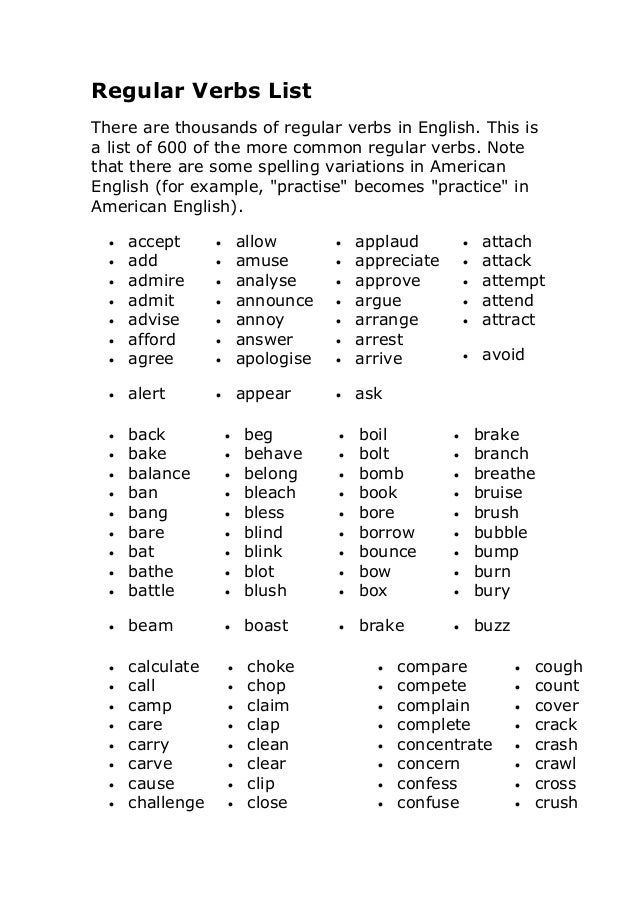
Verb Used to
There are still disputes about its belonging to modal verbs.
Used only to express actions/states that happened in the past. When translated into Russian, sentences with the verb used to may have the adverb "earlier".
I used to like skiing when I was young. — When I was young, I liked skiing.
He didn’t use to (used not to) drink alcohol that much. “He didn’t drink so much alcohol before.
Max used to speak English fluently. Max used to be fluent in English.
Negative formation options: “didn’t use to” or “used not to”.
Formation of the question: “Did he use to … ?”.
Verb Need
Indicates the need to perform an action. A shortened form of negation is needn't.
Uses of the verb Need
- Conveys the meaning of "need" in affirmative sentences.
All we need is love.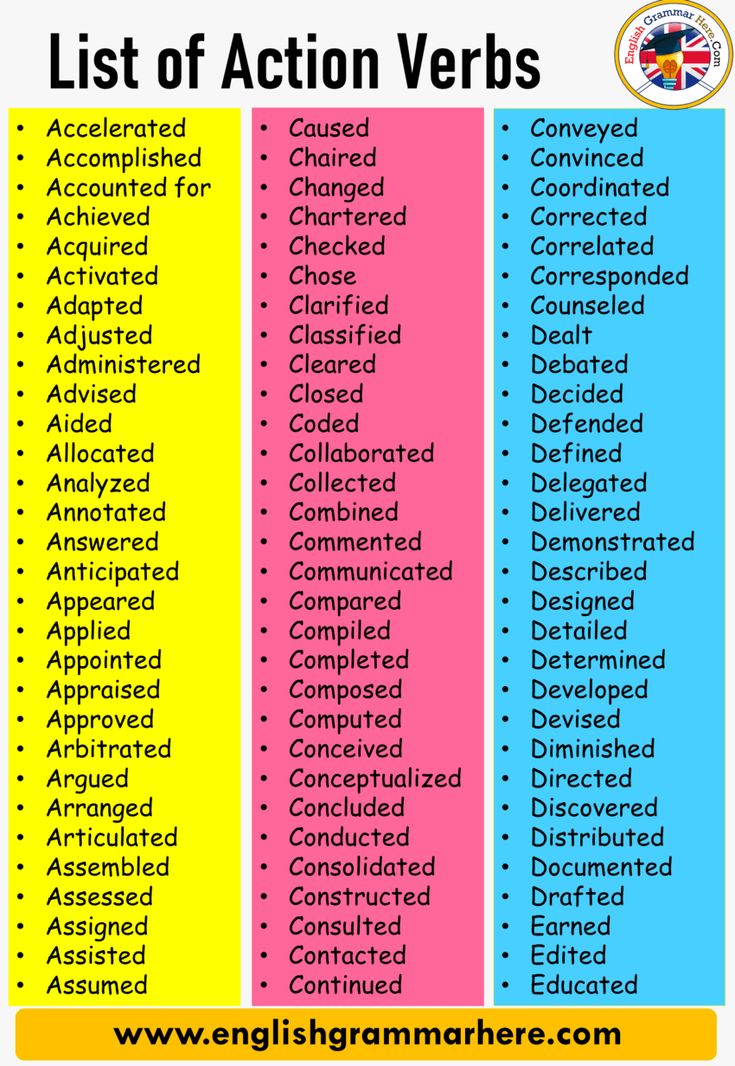 - All we need is Love.
- All we need is Love.
You needn't do this until you are ready. You don't have to do this until you're ready.
- Used in questions when the author wants to hear a denial in response.
Do I need to call her? I dislike that girl. Do I really need to call her? I don't like this girl so much.
Verb Dare
Used in the meaning of "risk", "dare to do something". As a semantic verb, it also retains these meanings. Does not require the use of auxiliary verbs.
How dare you tell me what to do?! How dare you tell me what to do?
They dare not ask about the salary. They don't dare to ask about the salary.
In its meaning, the modal verb dare does not differ from the semantic verb dare.
Verb Let
Used in the meaning of “let”, “allow”, “allow”. As a semantic verb, it also retains these meanings.
Let her think about it.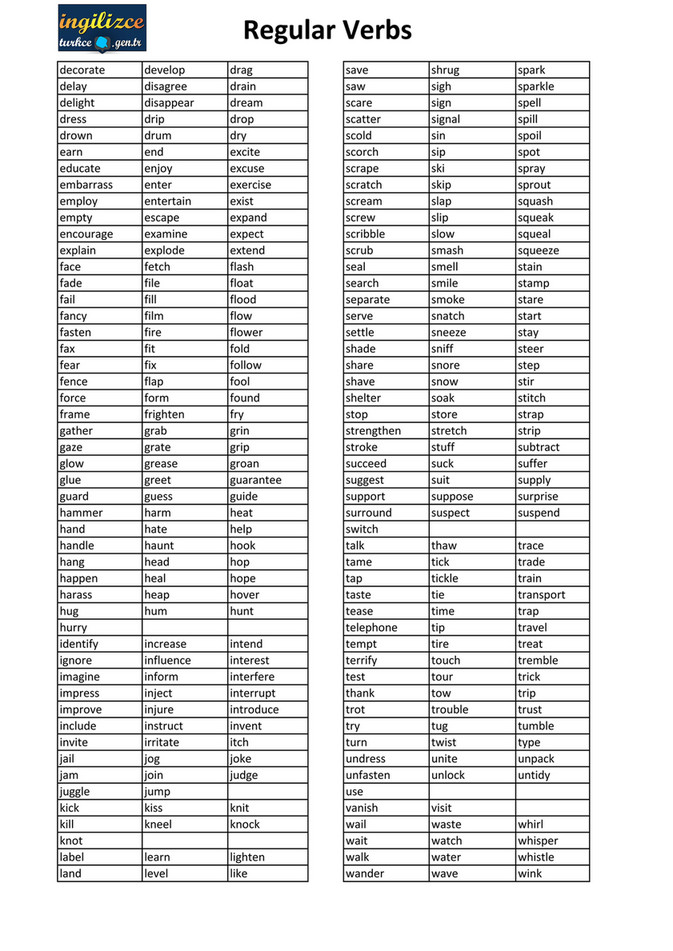 Let her think about it.
Let her think about it.
Let Michael not come tomorrow. — Let Michael not come tomorrow.
The use of modal verbs
Some modal verbs may change with tense, but they do not change for persons and numbers. In a sentence, after a modal verb, an ordinary verb in the infinitive without the to particle is required.
Formula: I / You / He / She / It / We / You / They + Modal Verb + Main Verb
Example: I can dance. - I can dance.
The particle to can be used in modal verbs, but there are only three such verbs: have (got) to, ought to and be to.
Without a modal verb, the ending of the semantic verb can change depending on the person and number, acquiring the ending -s (-es). Modal verbs do not follow this rule, with the exception of have to. When conjugated, the verb have in the modal form changes in persons and numbers in the same way as in the present tense.
Formula: I / You / We / They + have to
Example: I have to wash my car.



